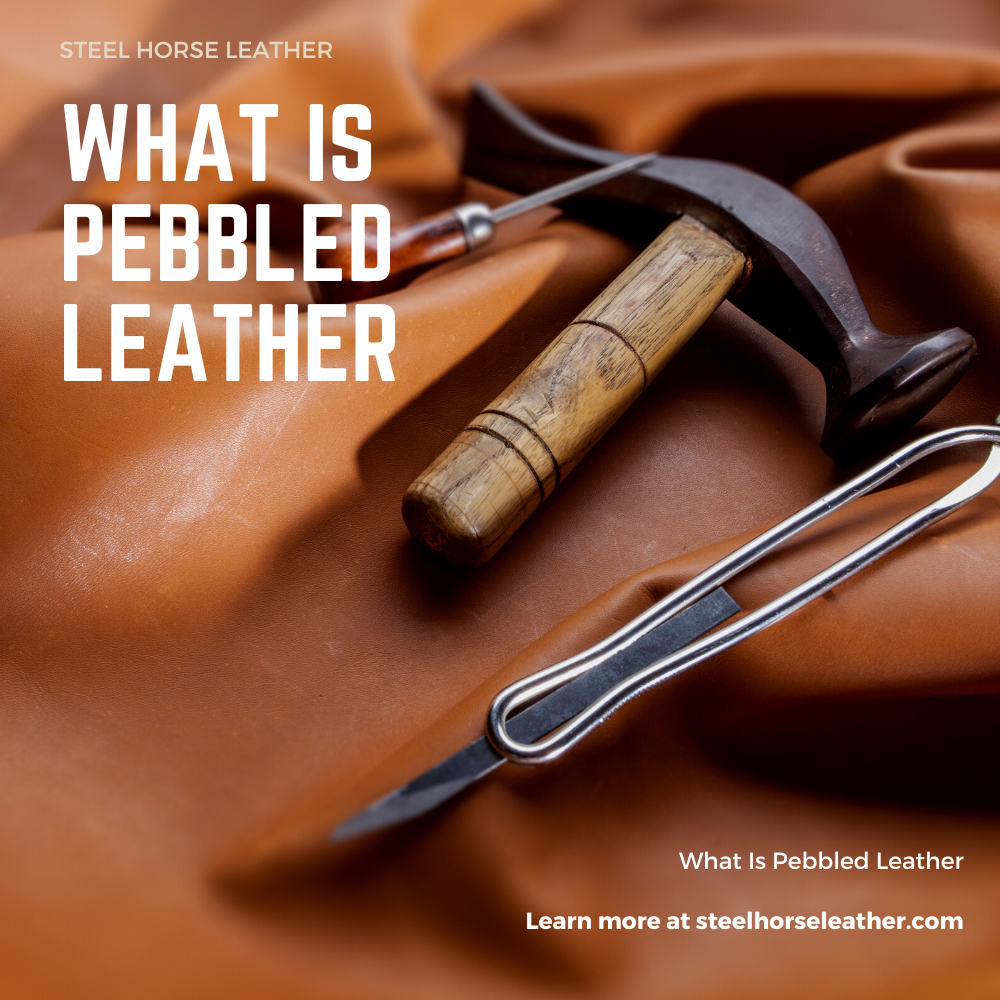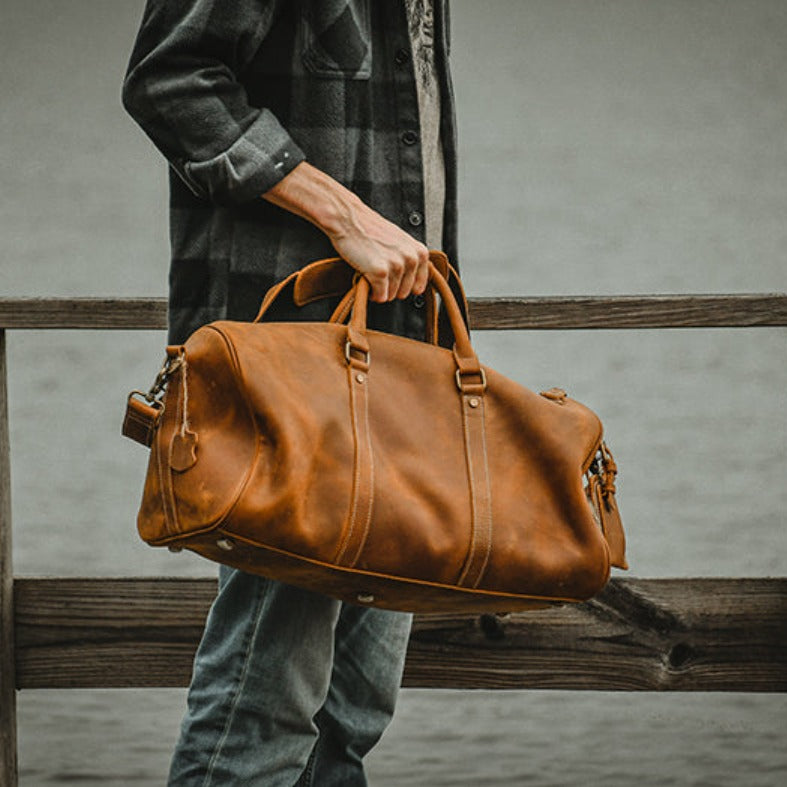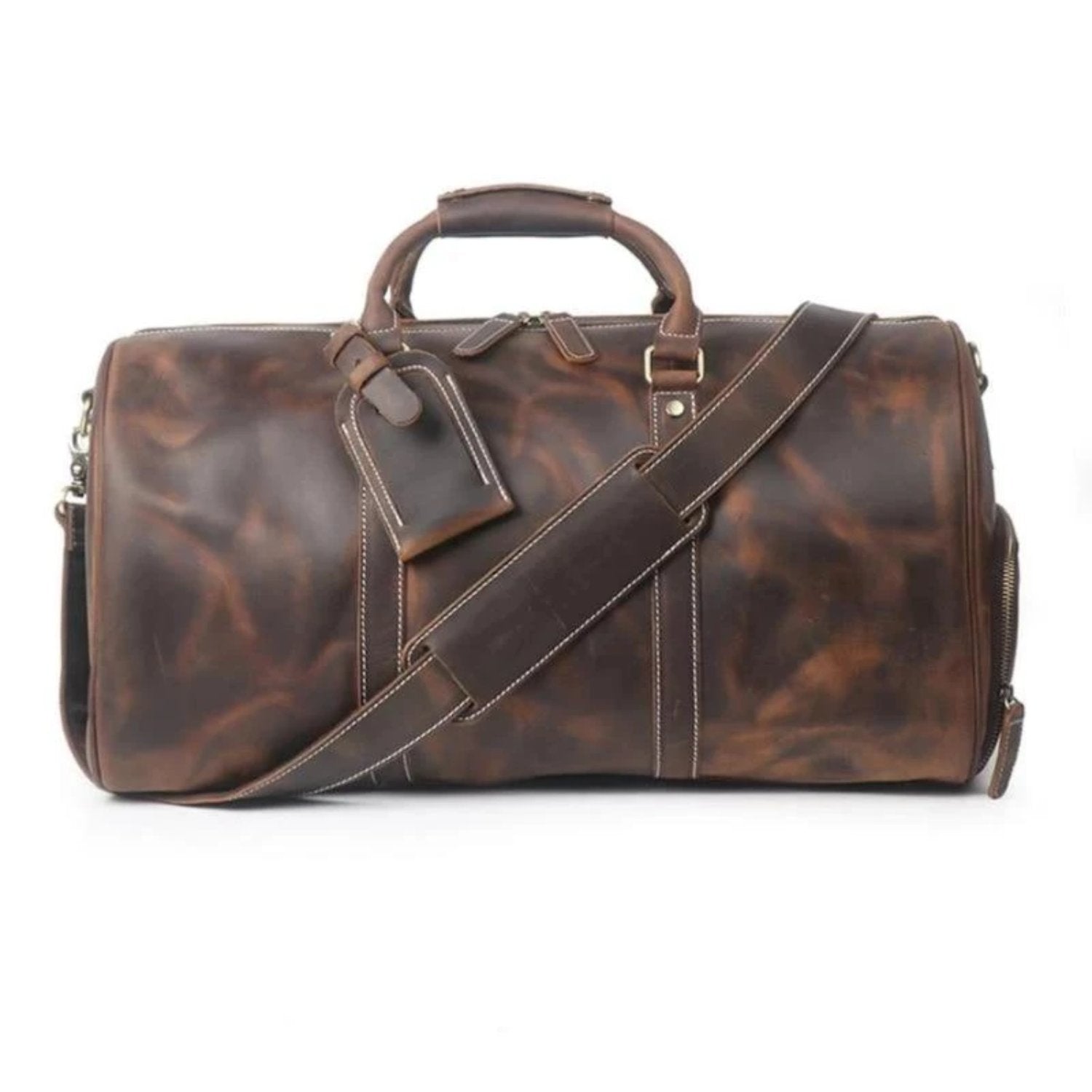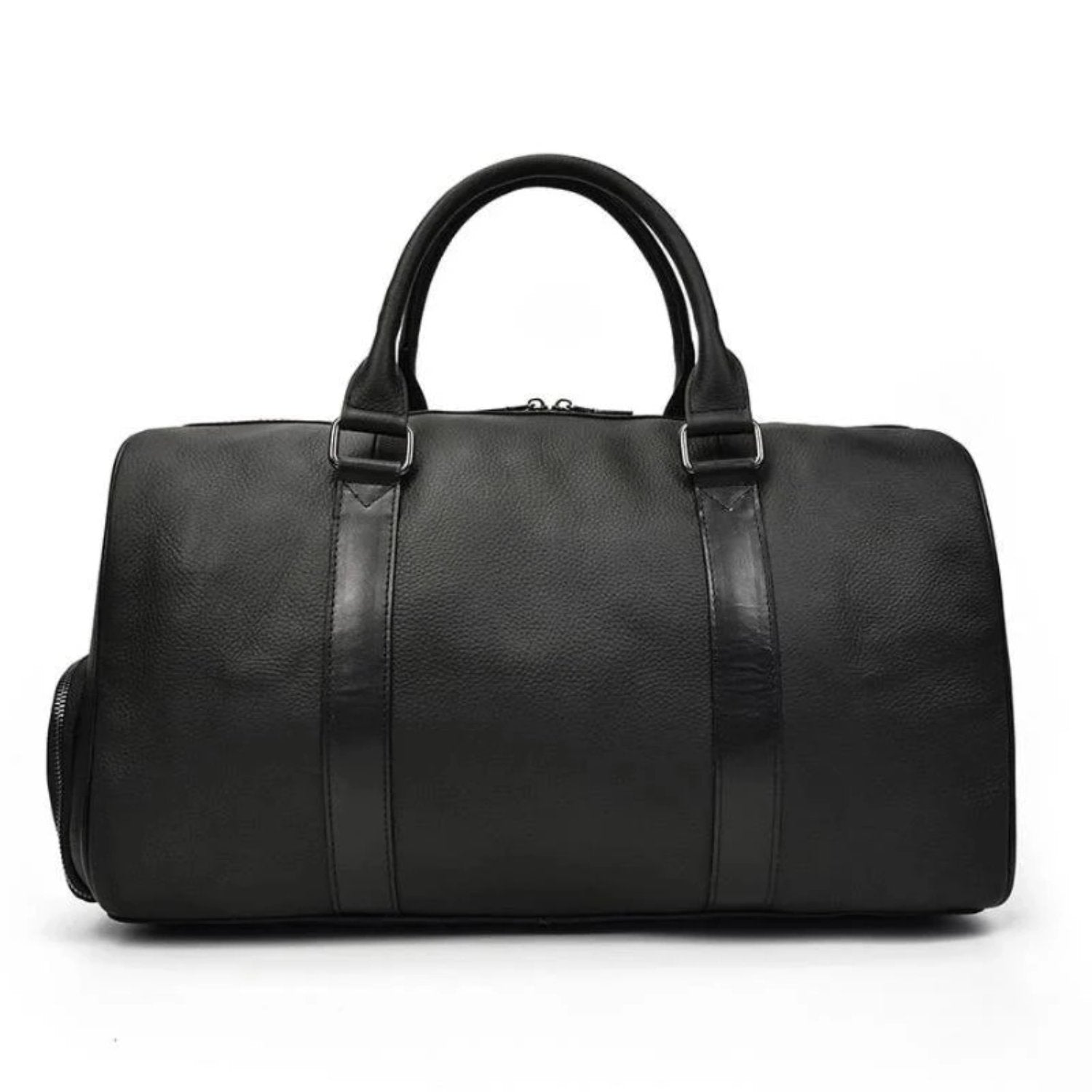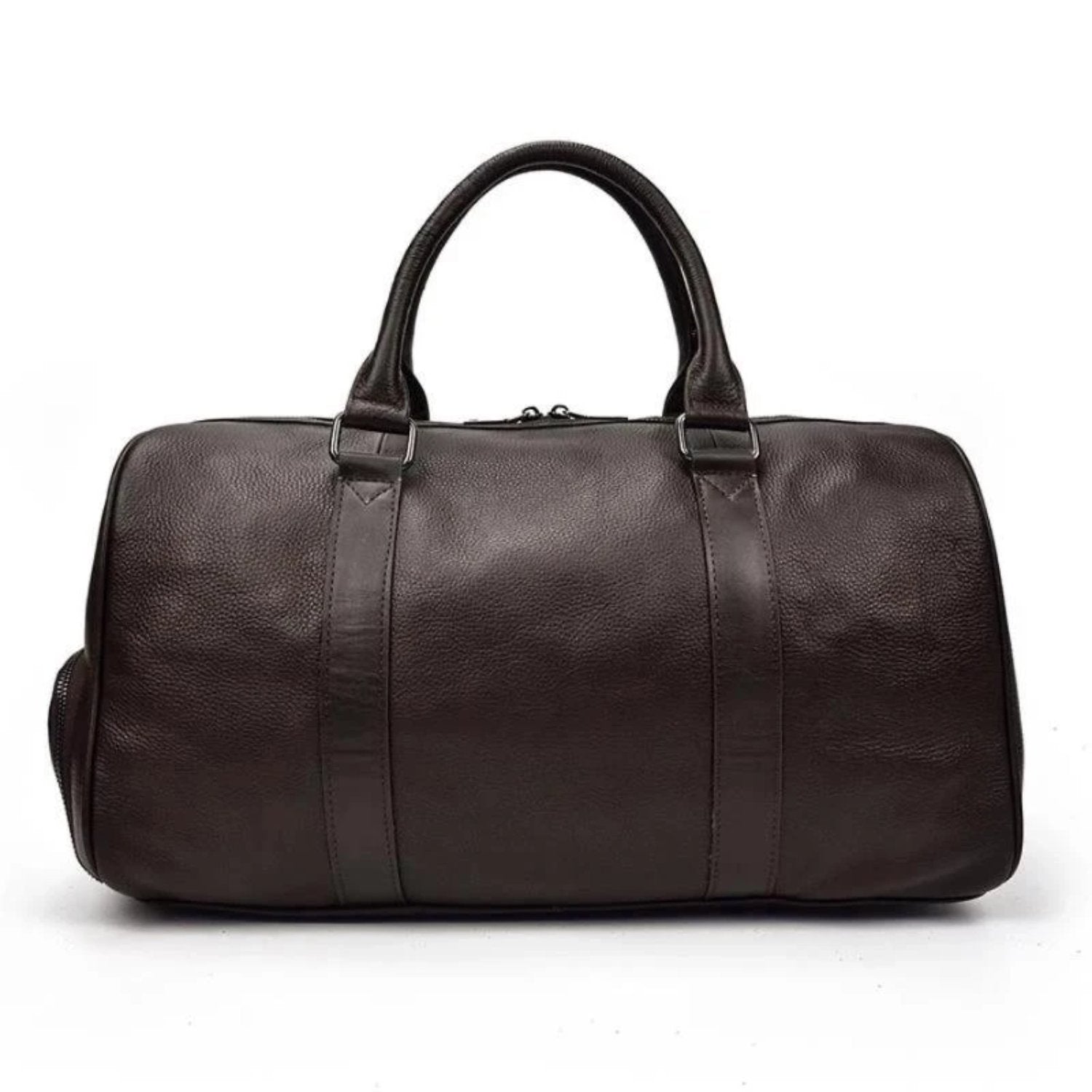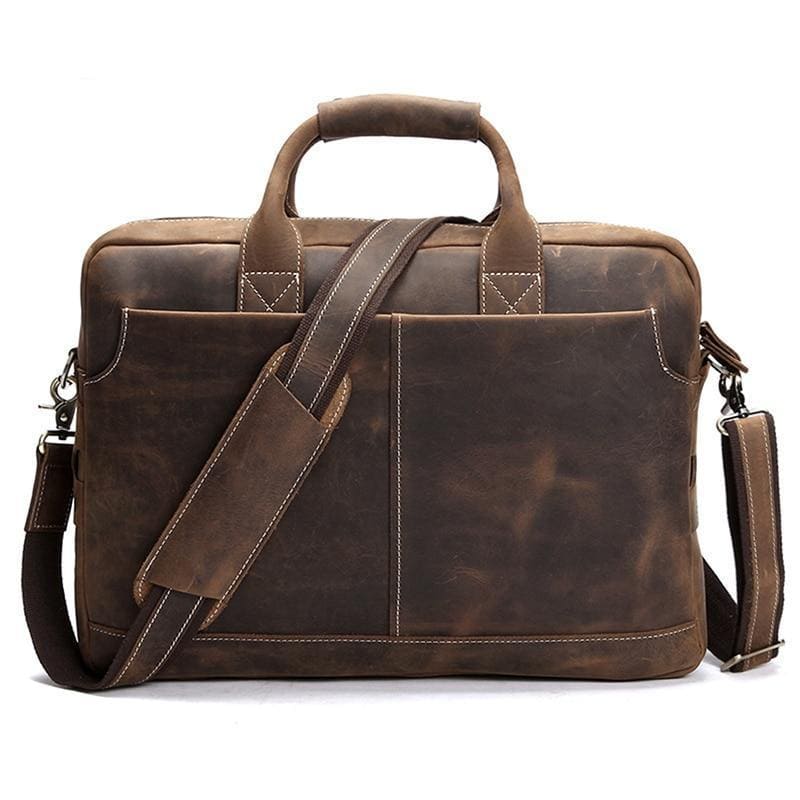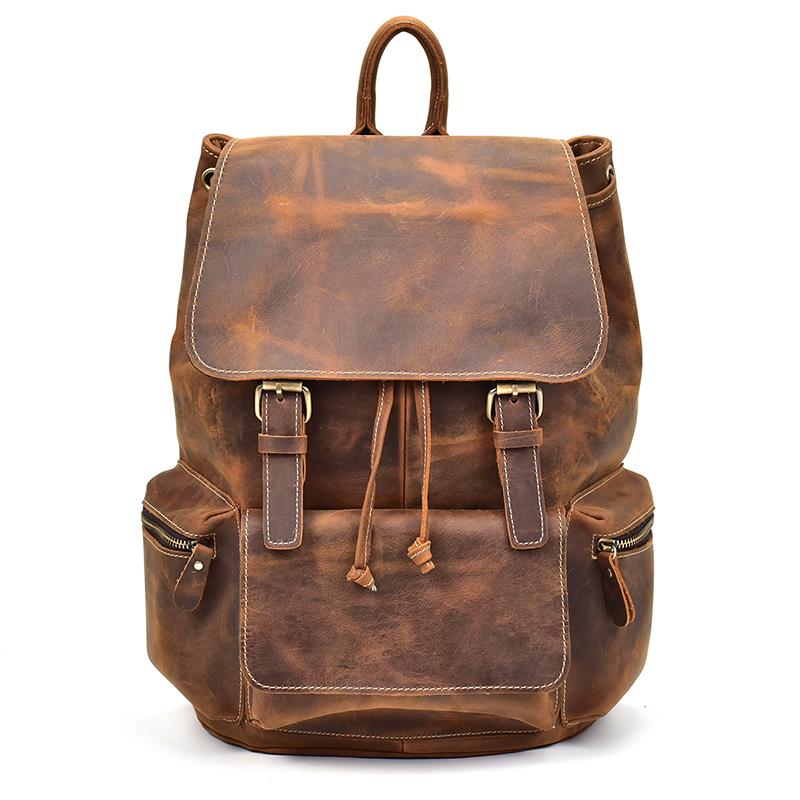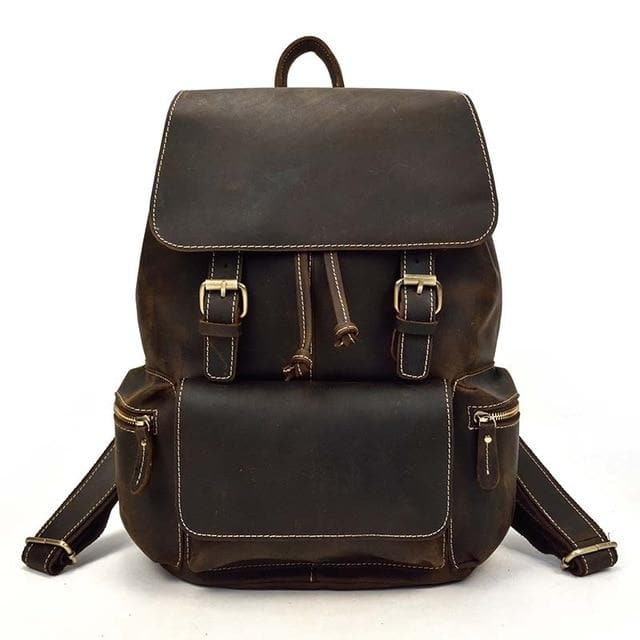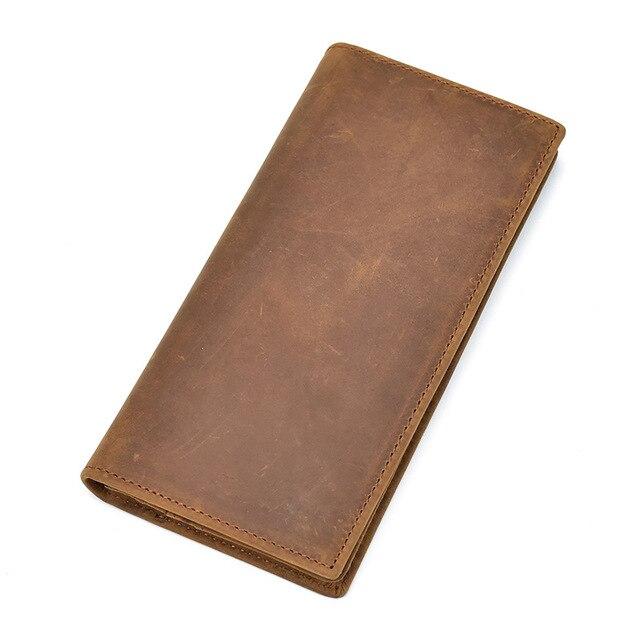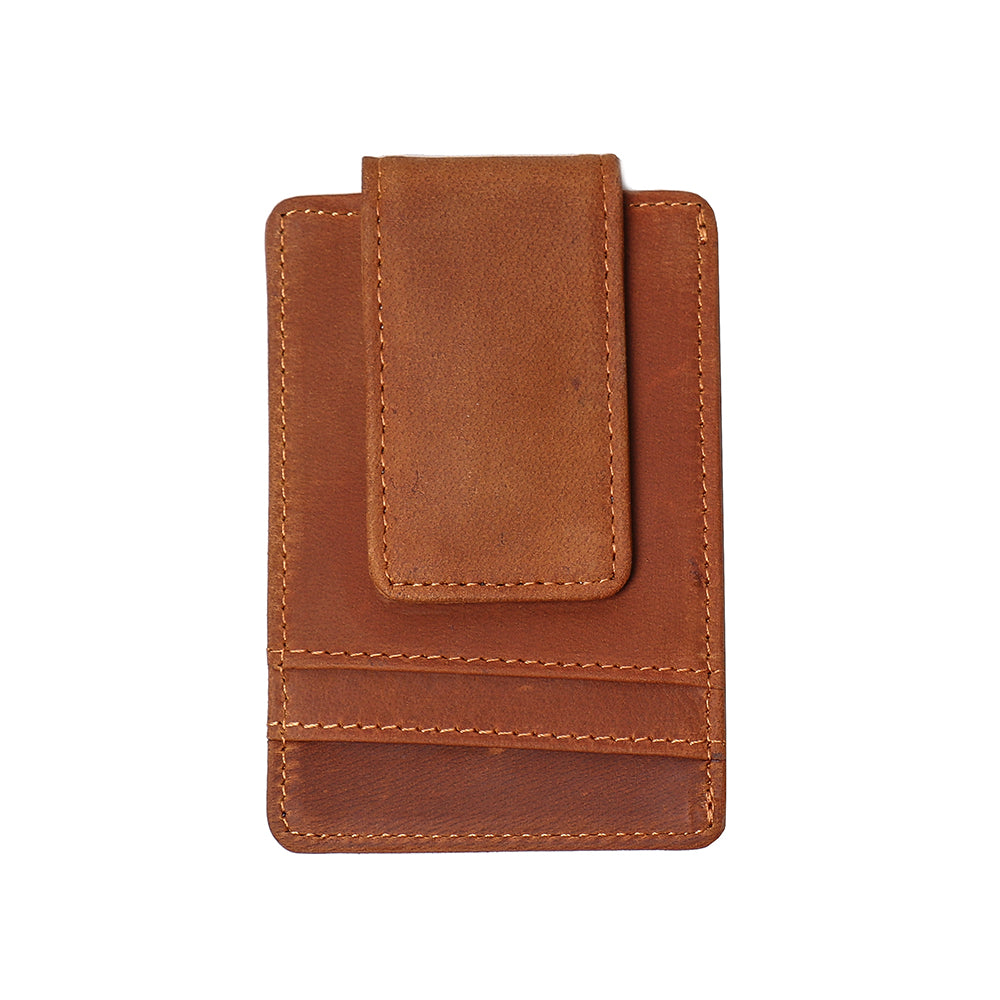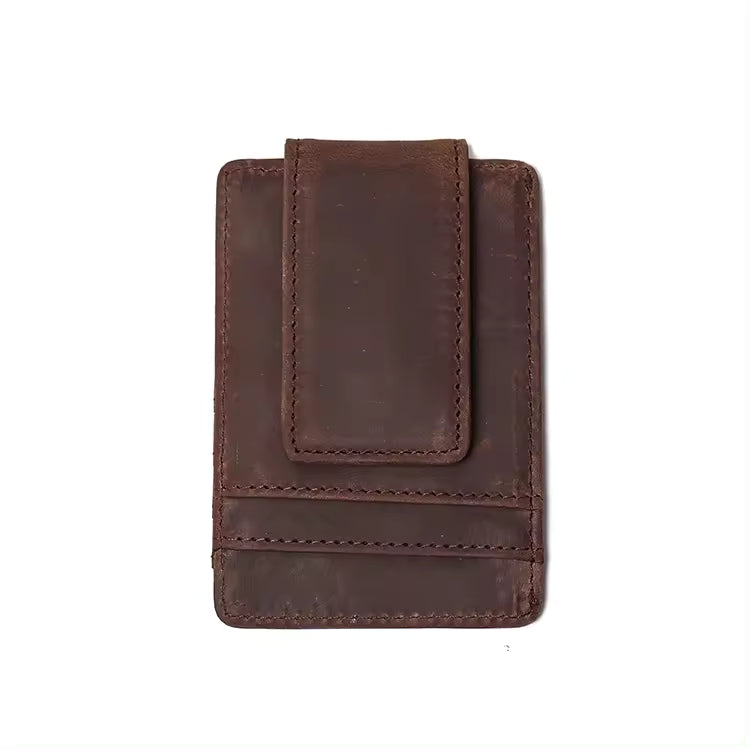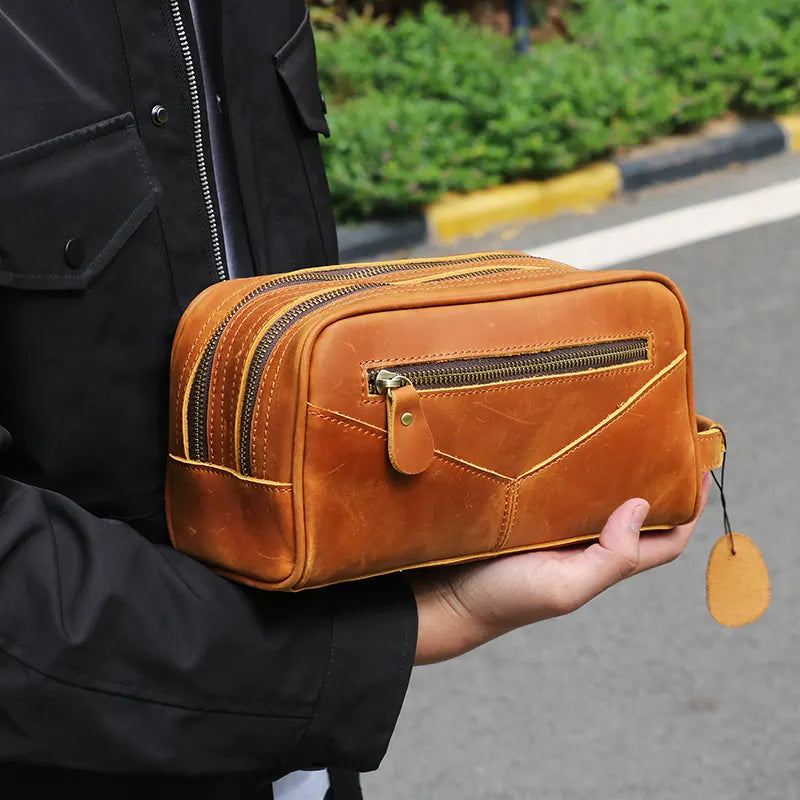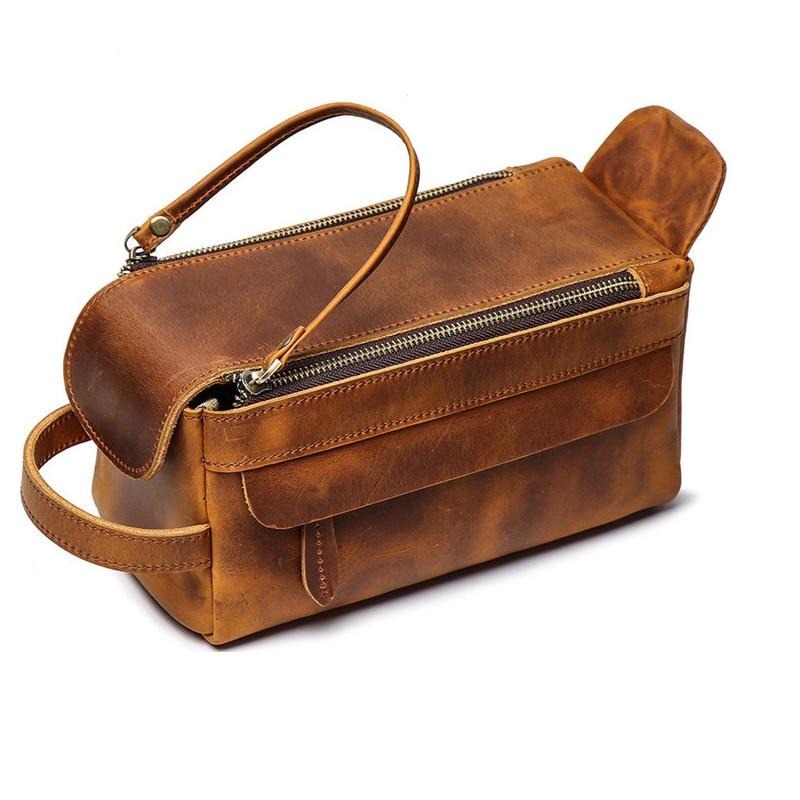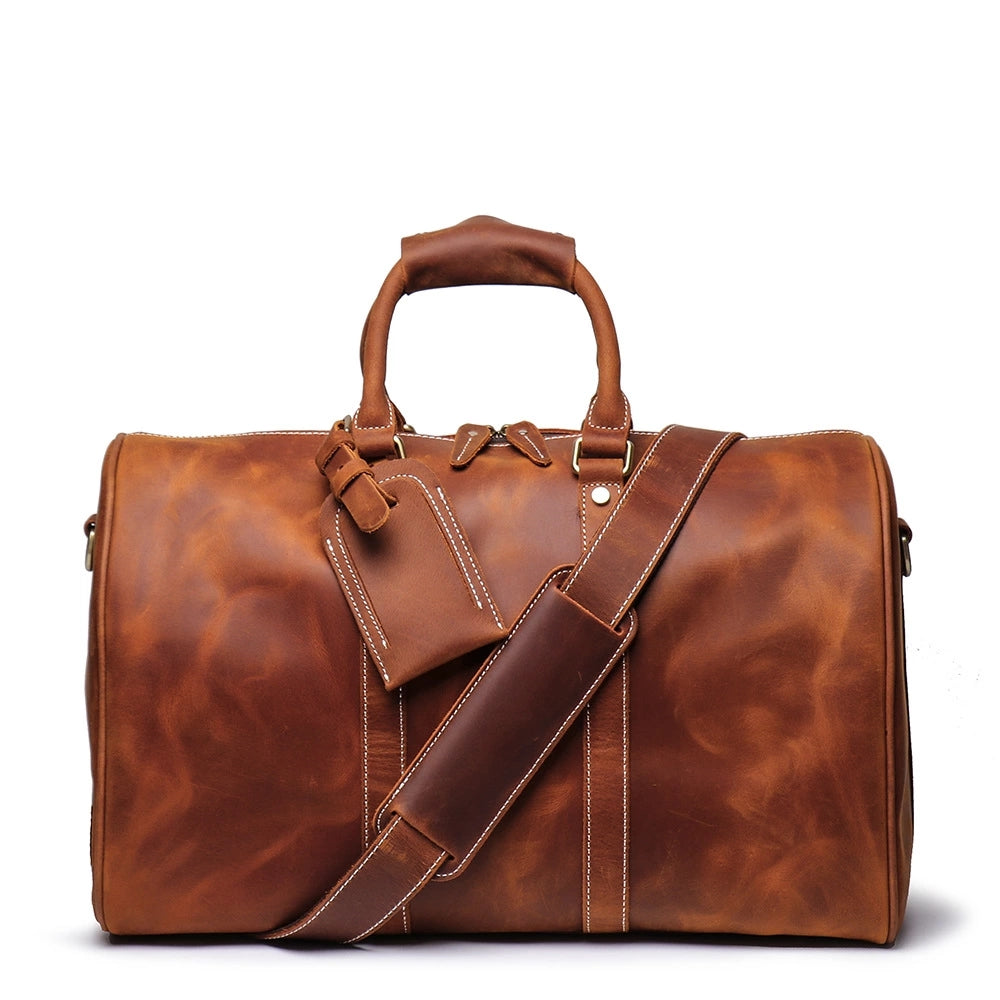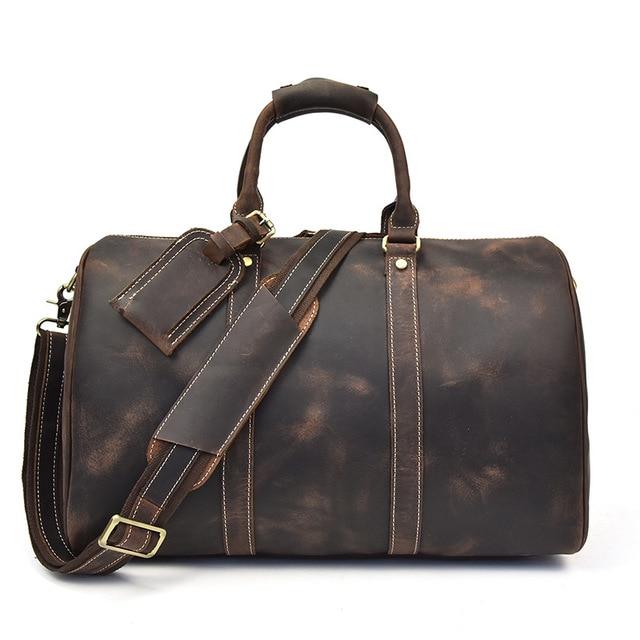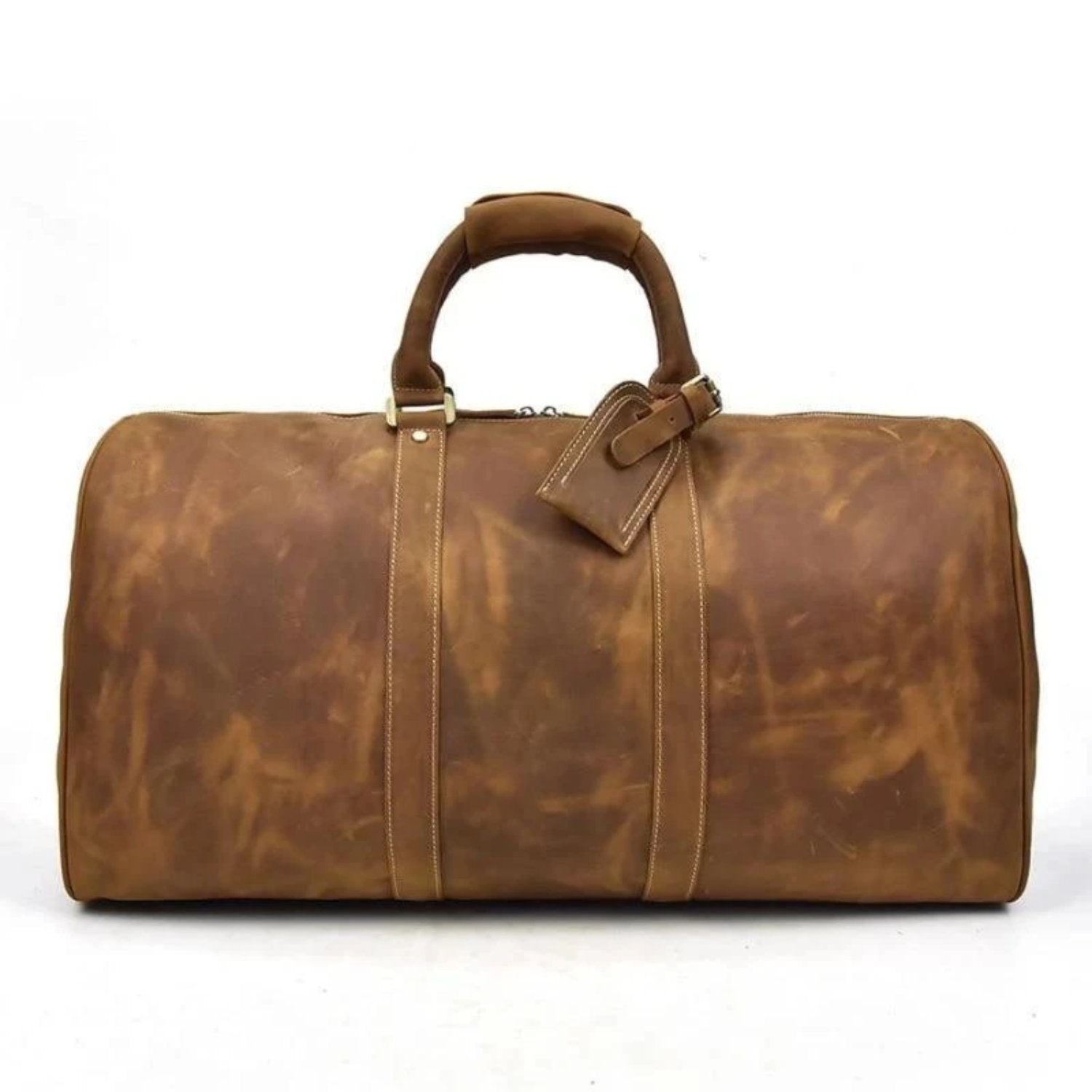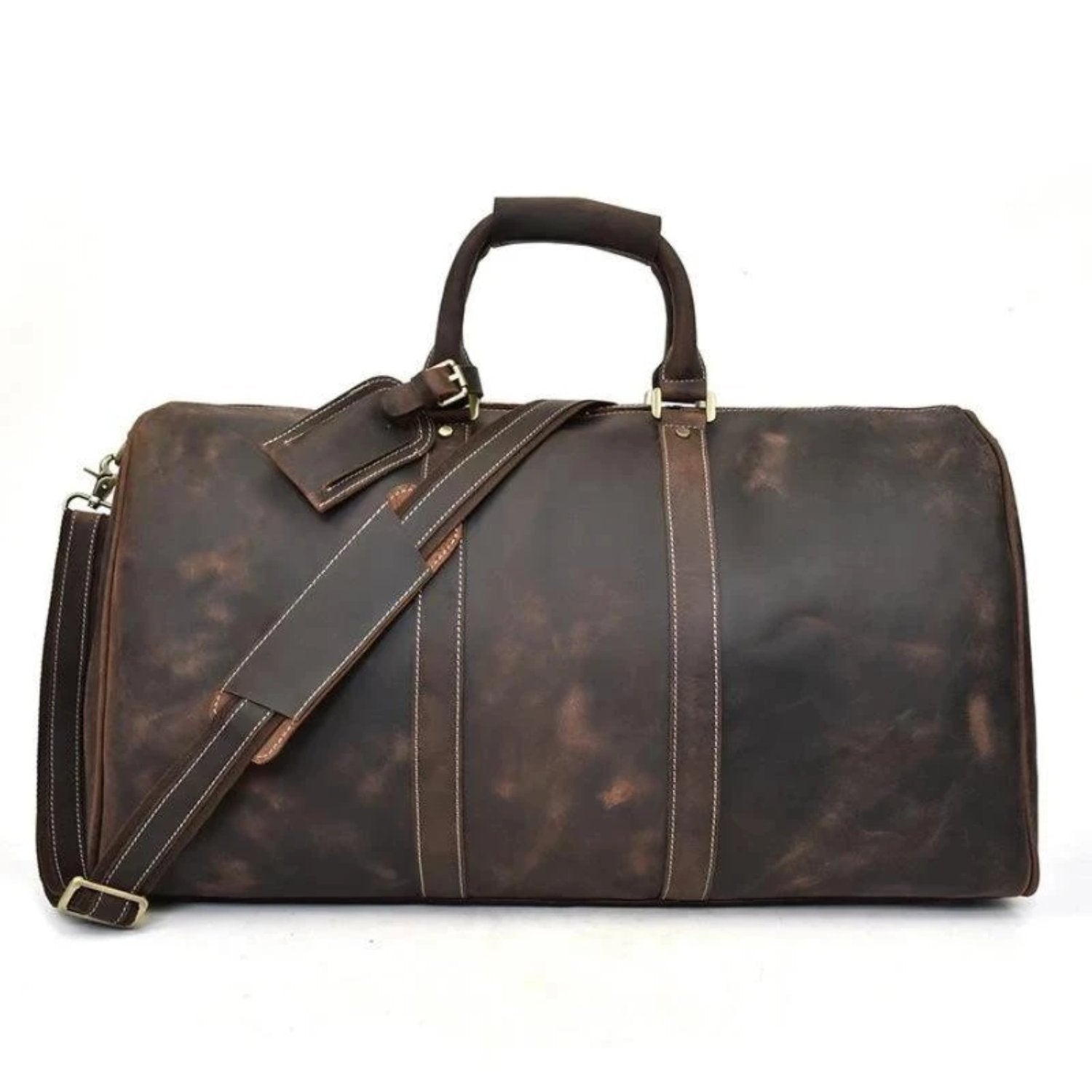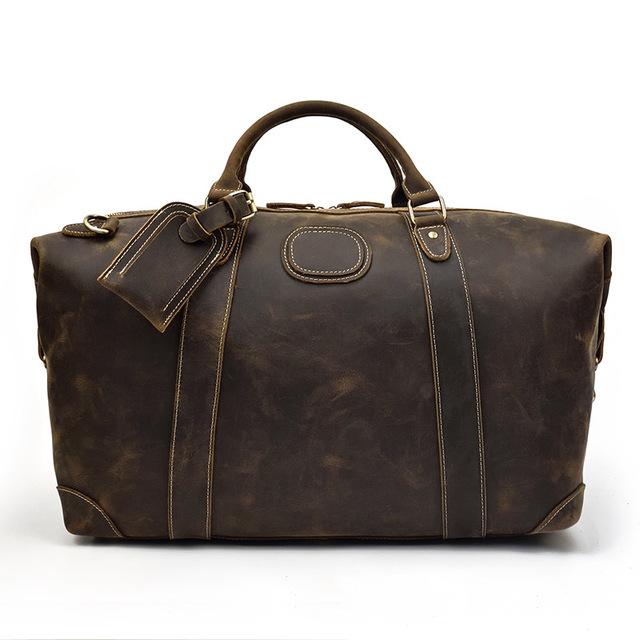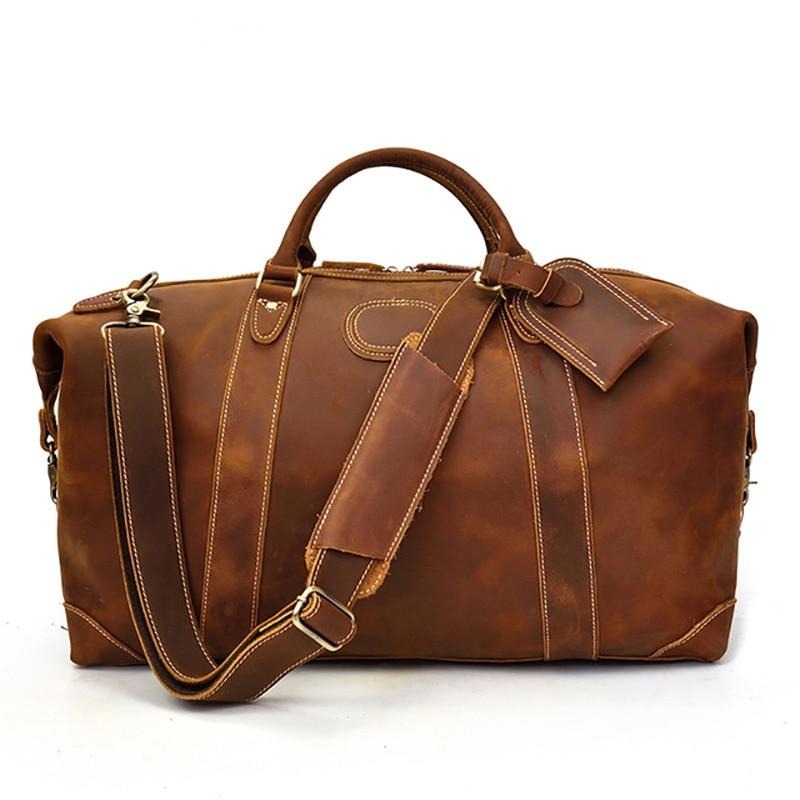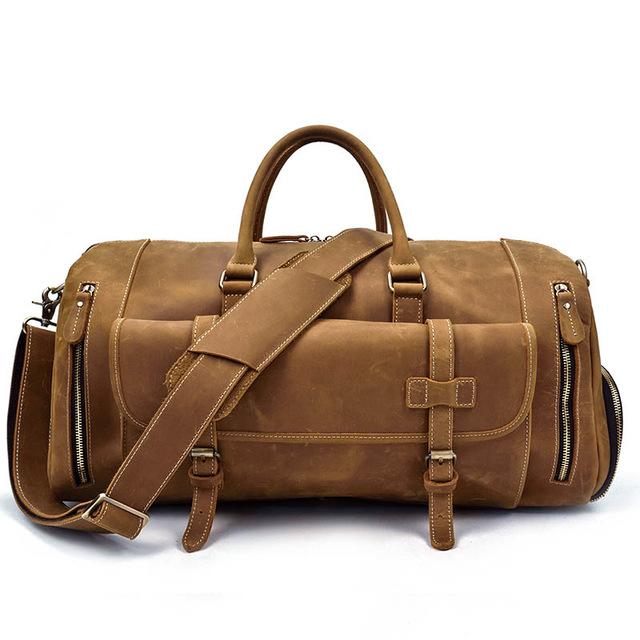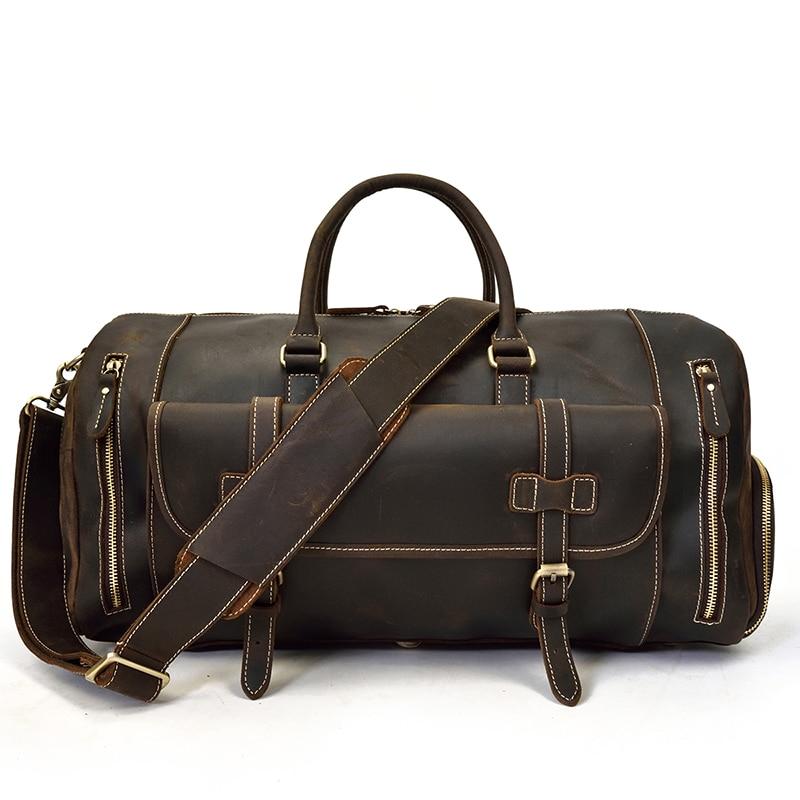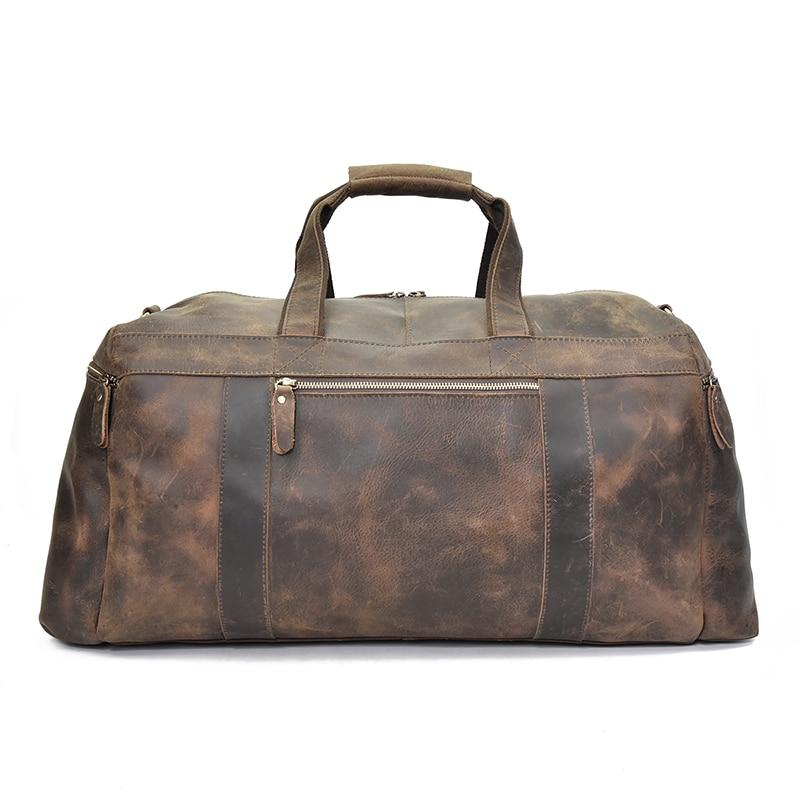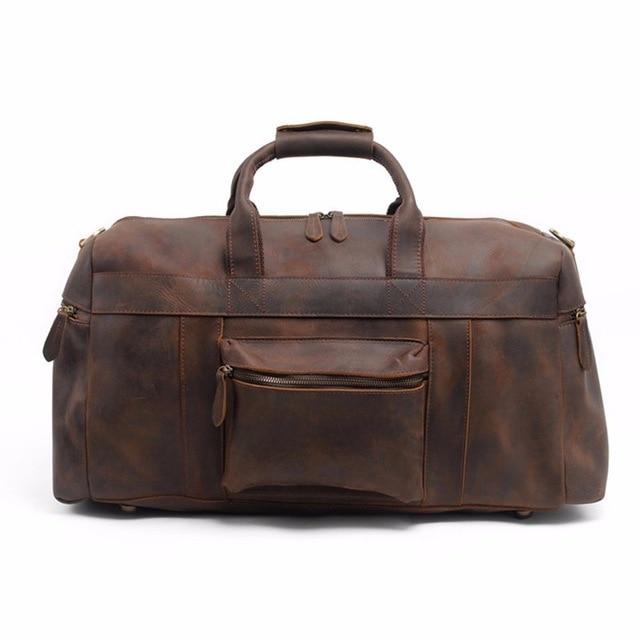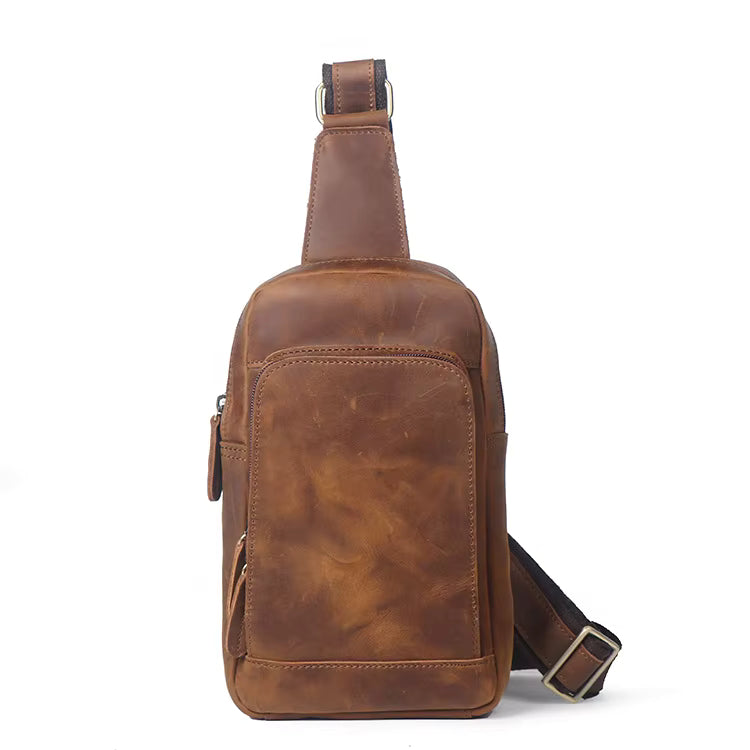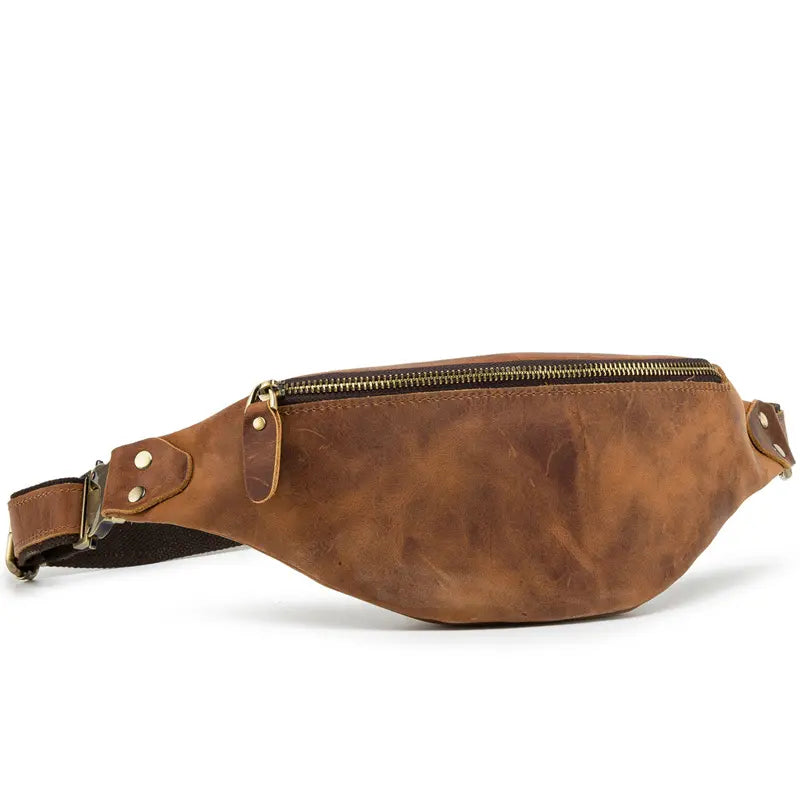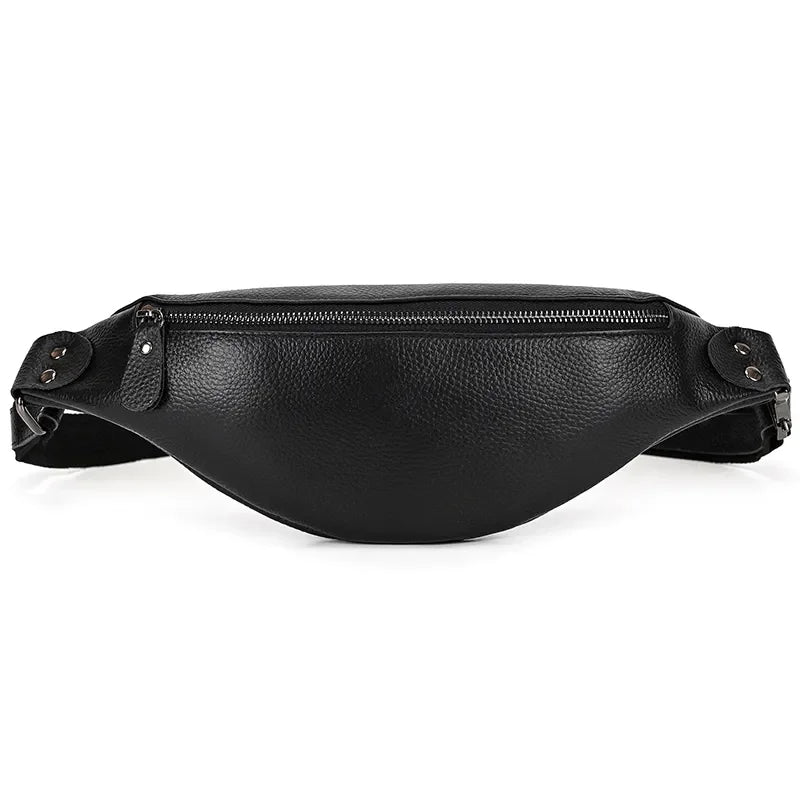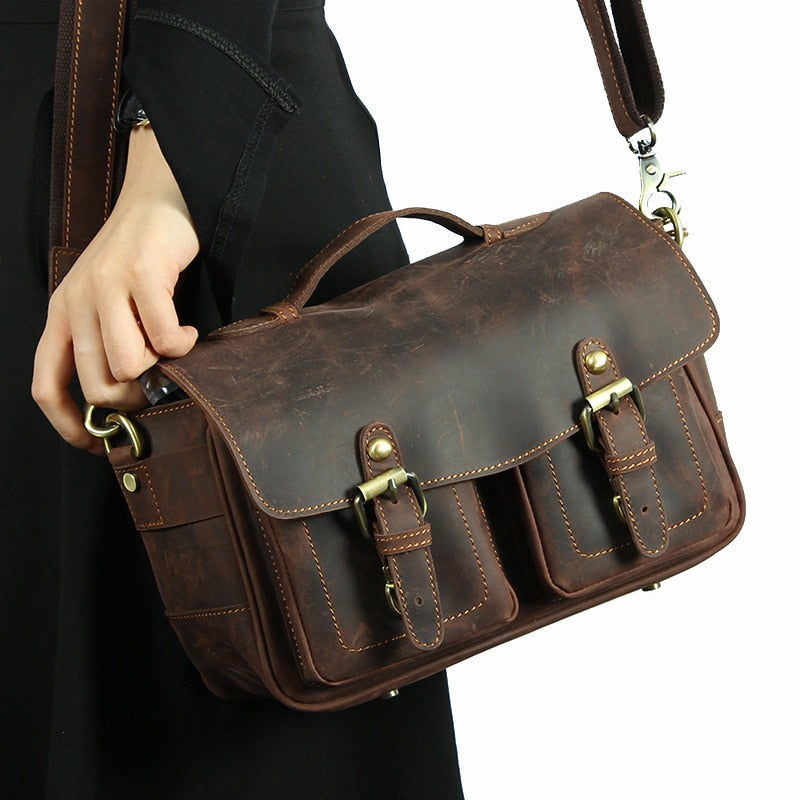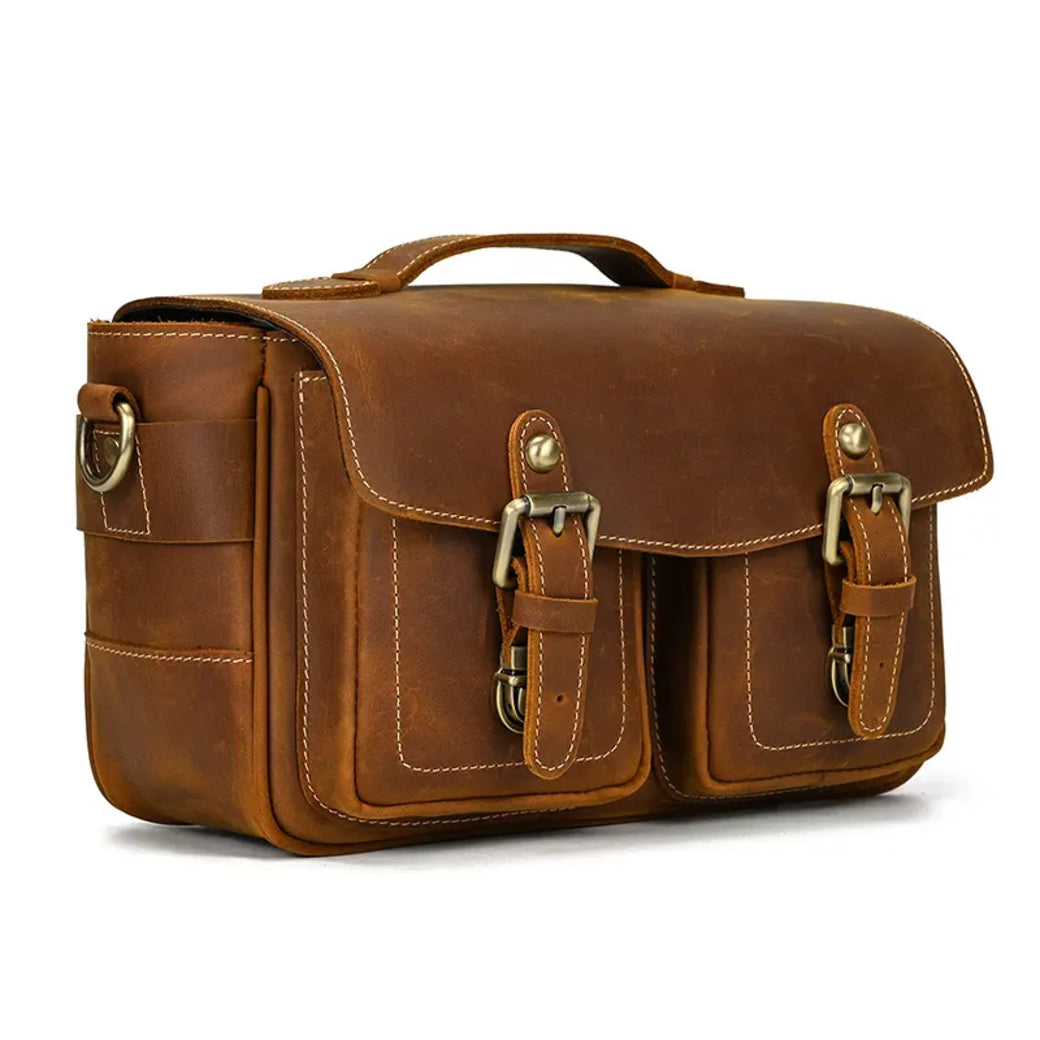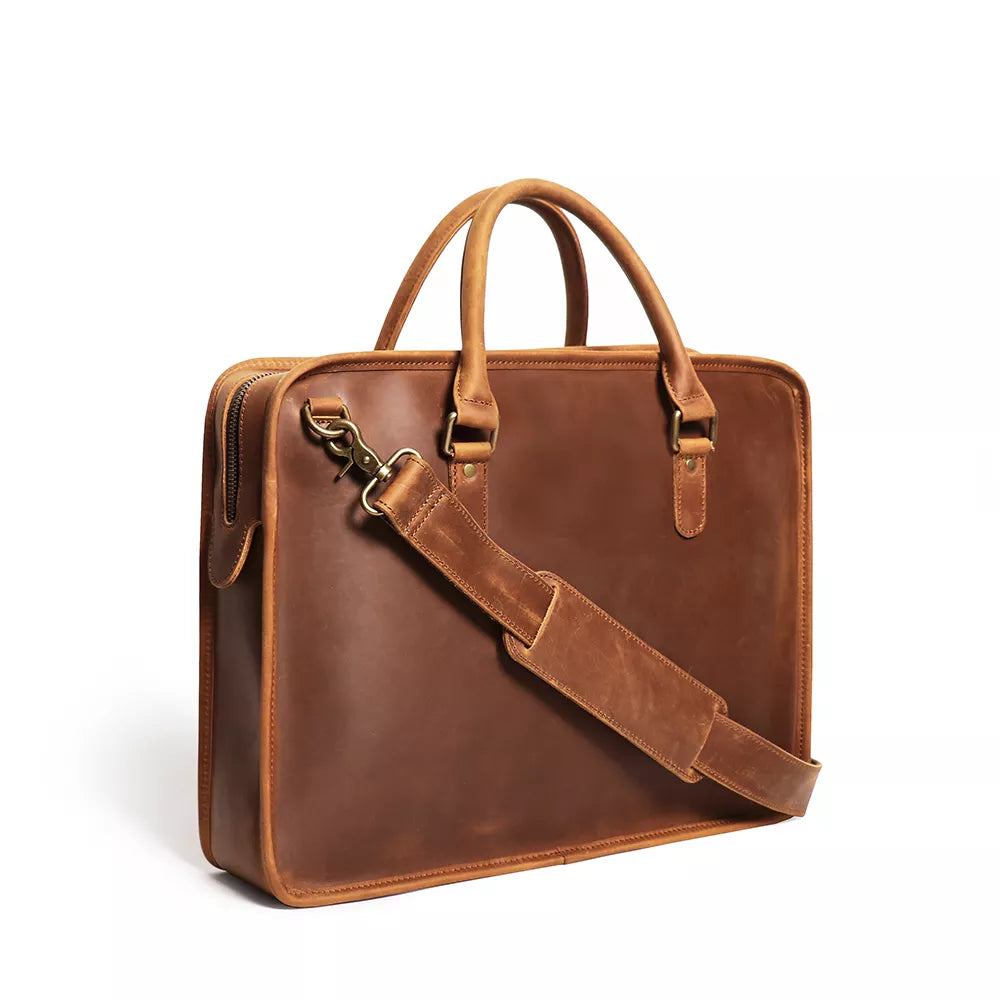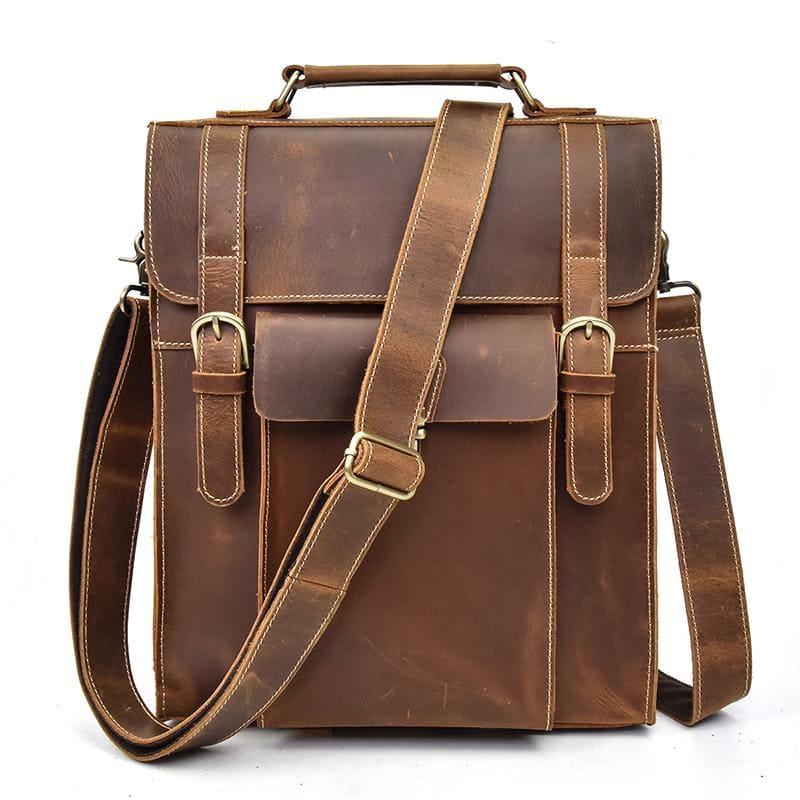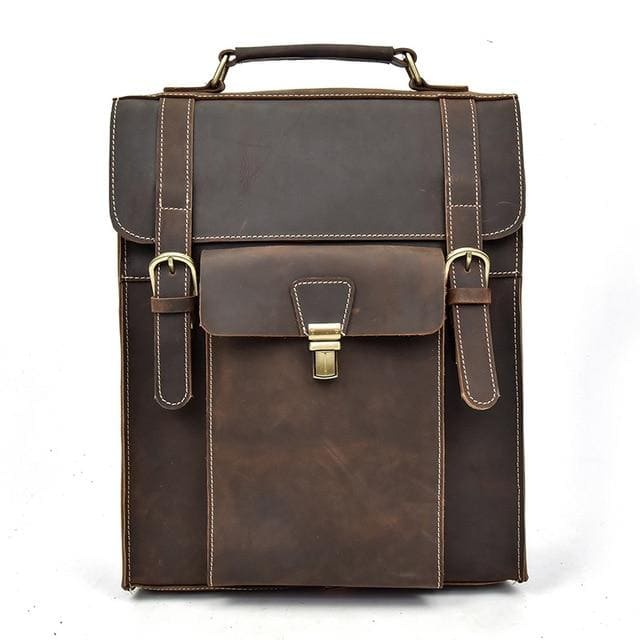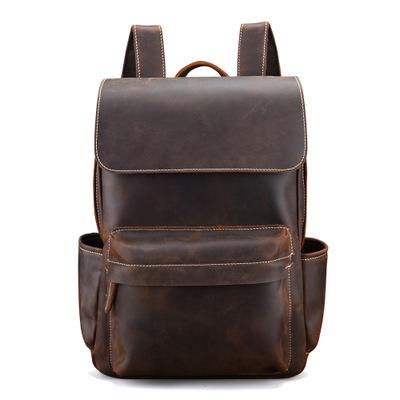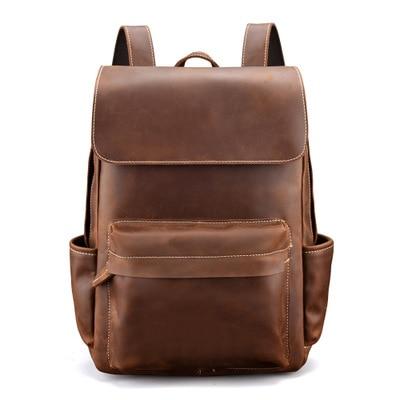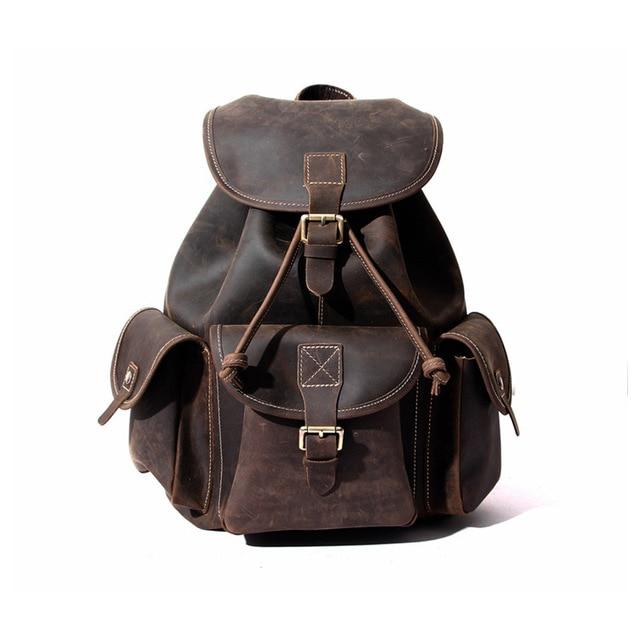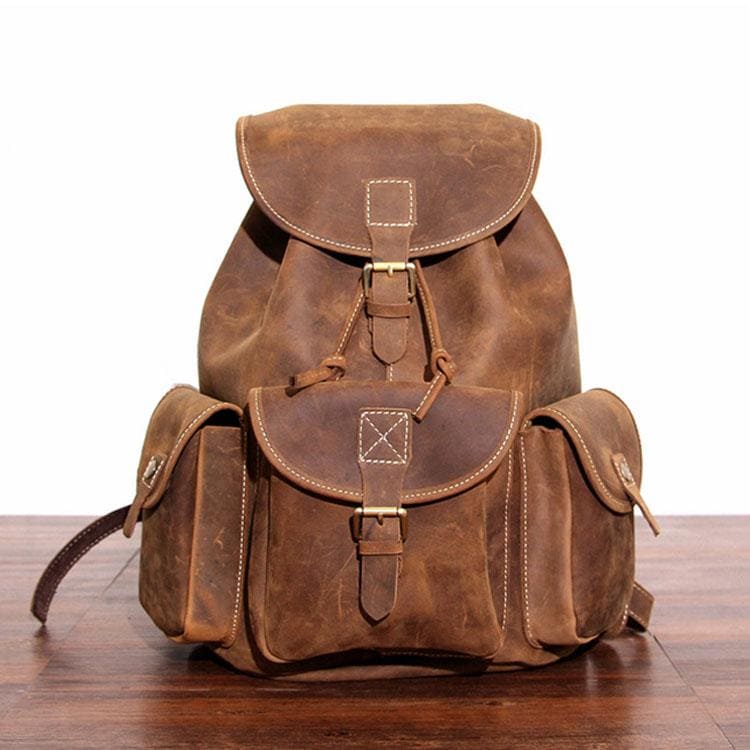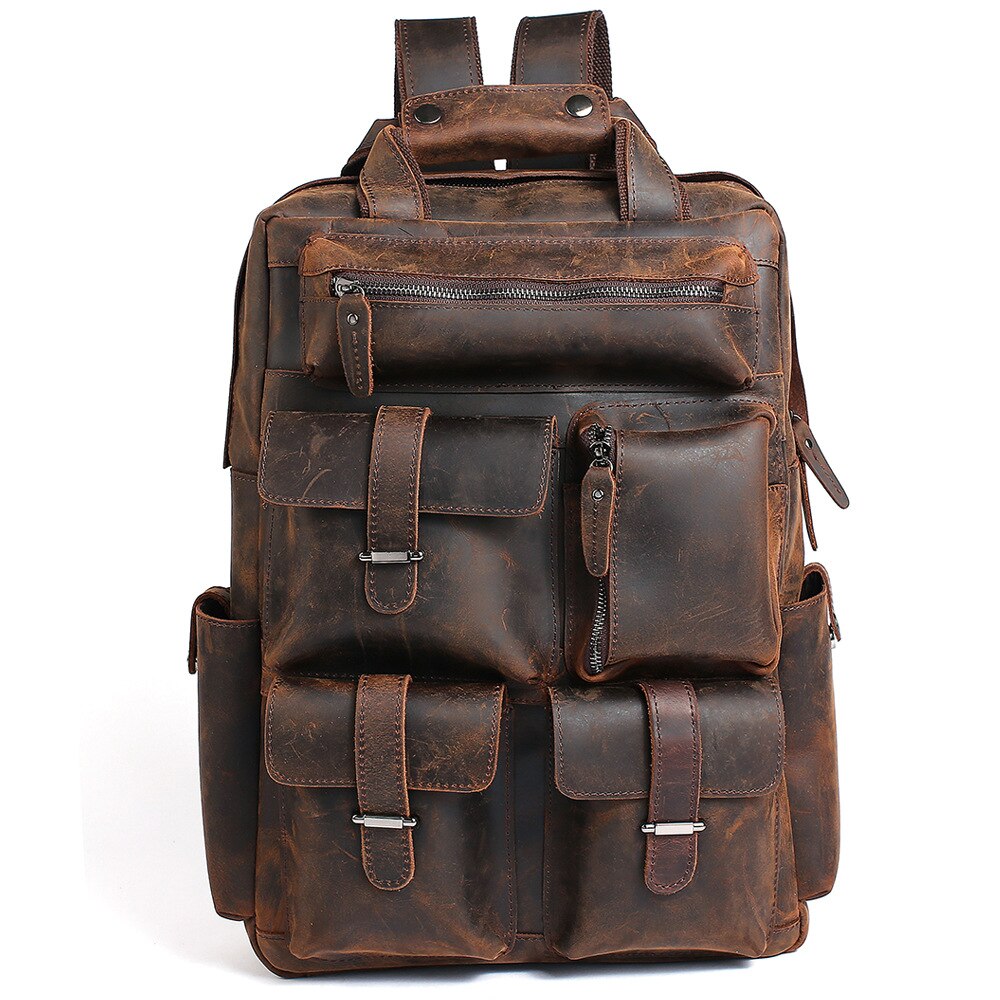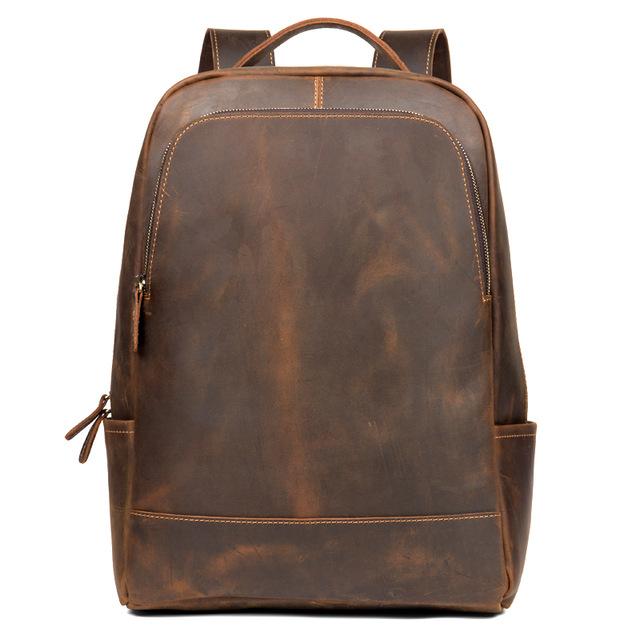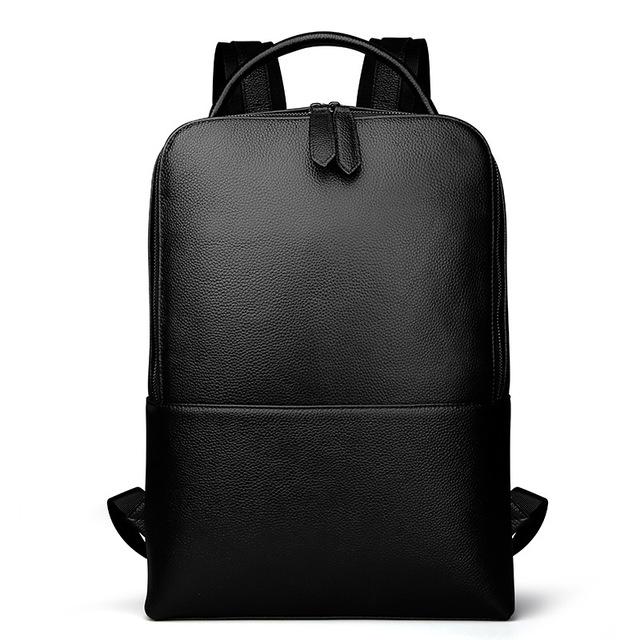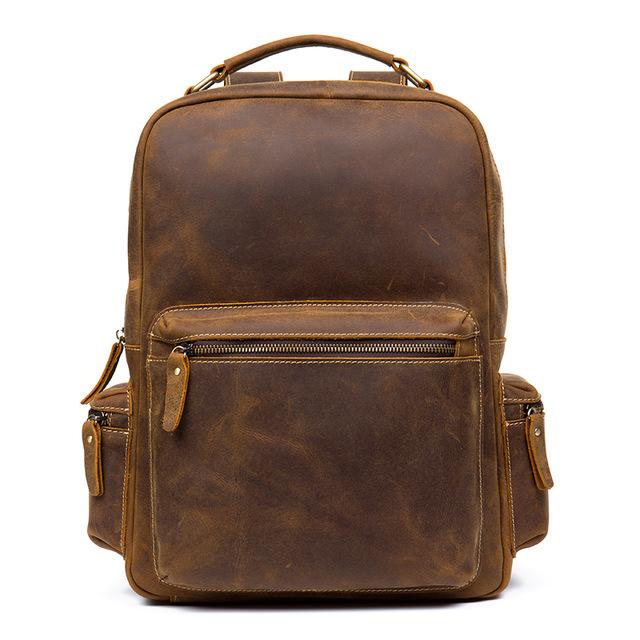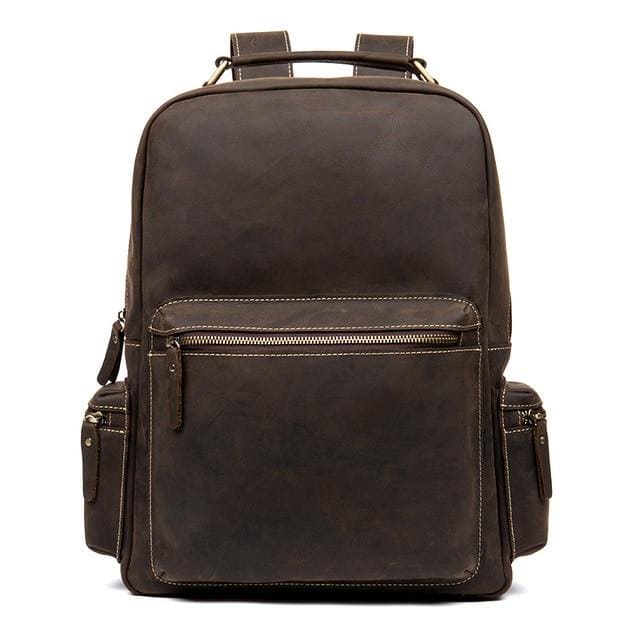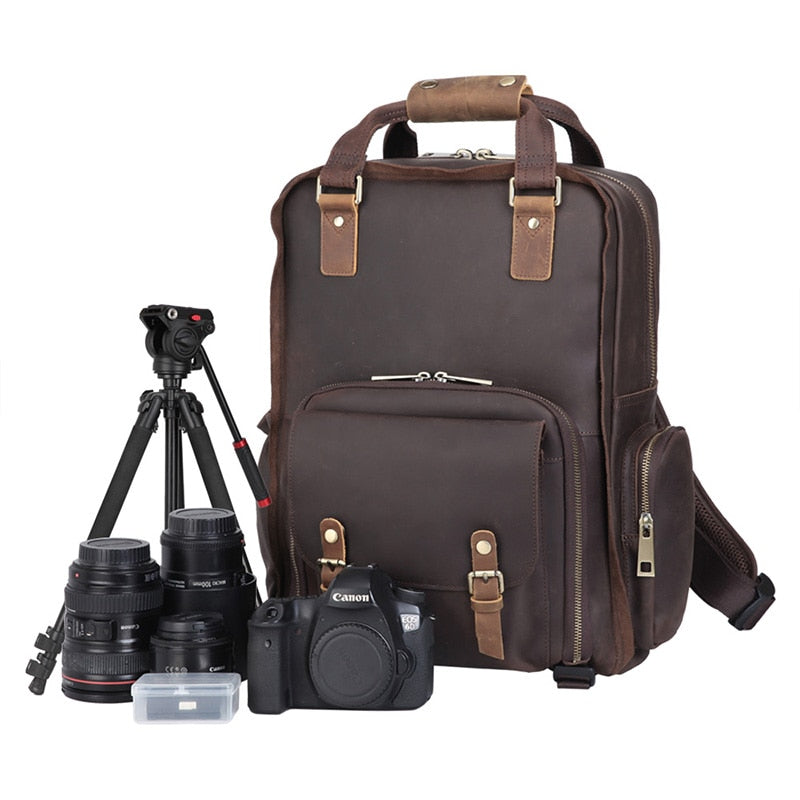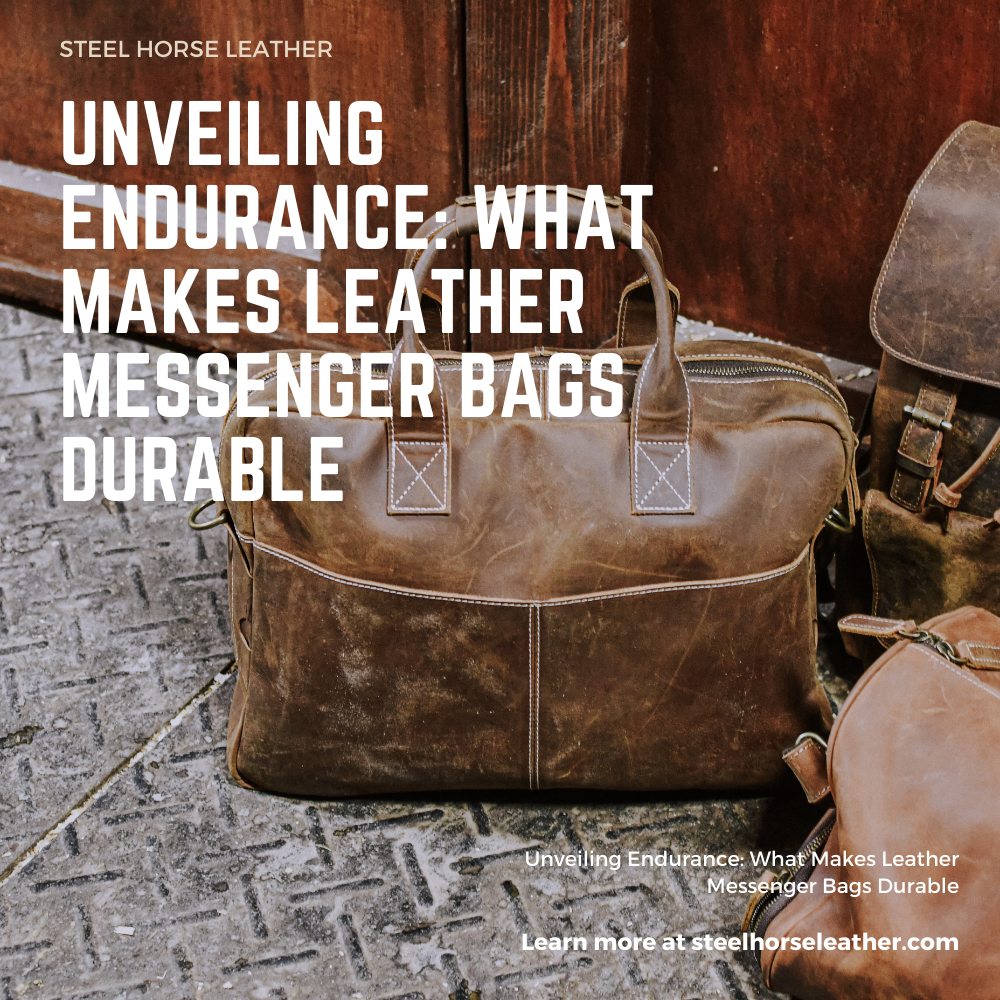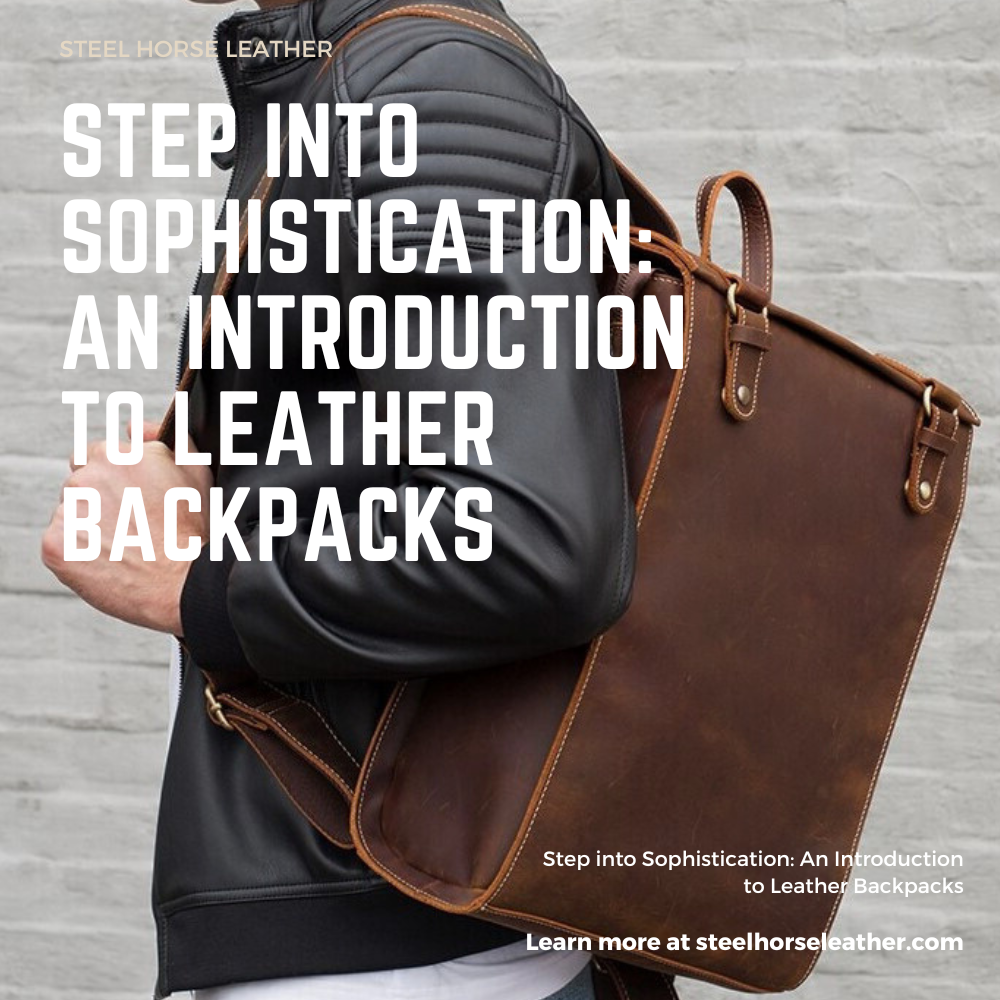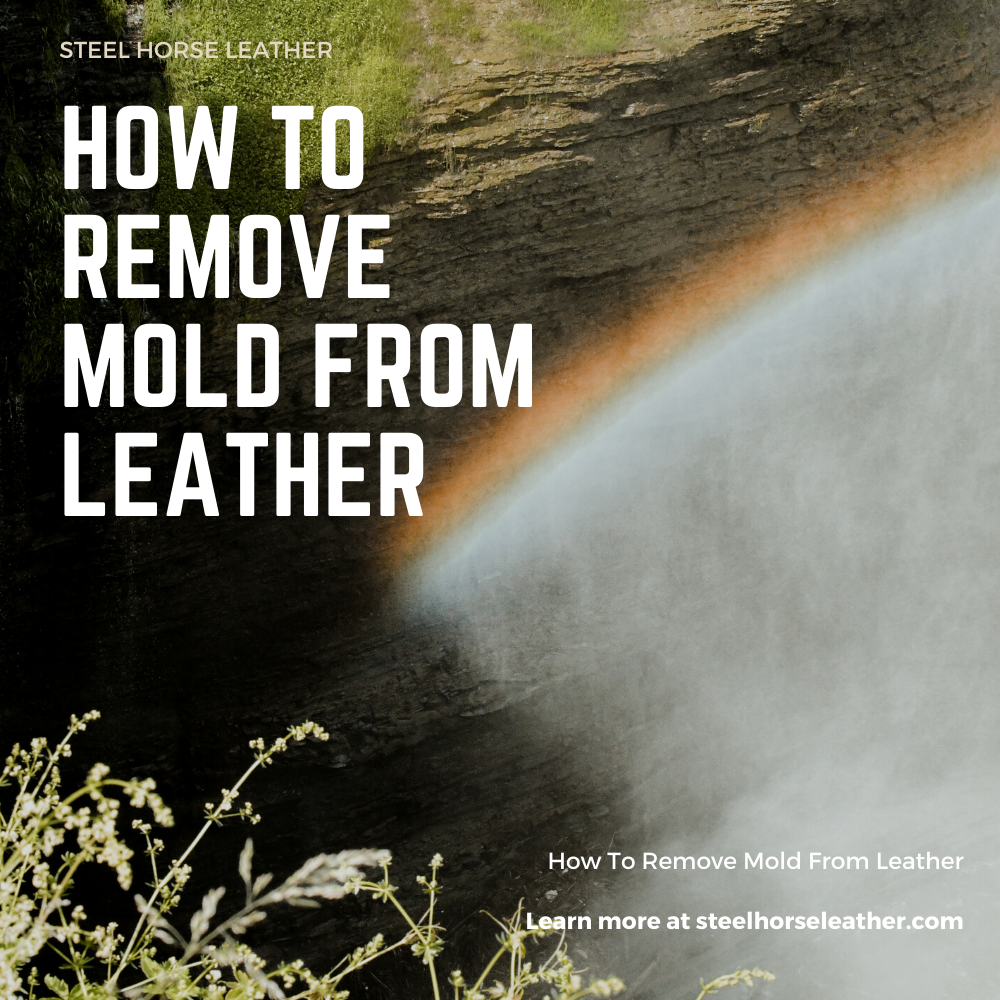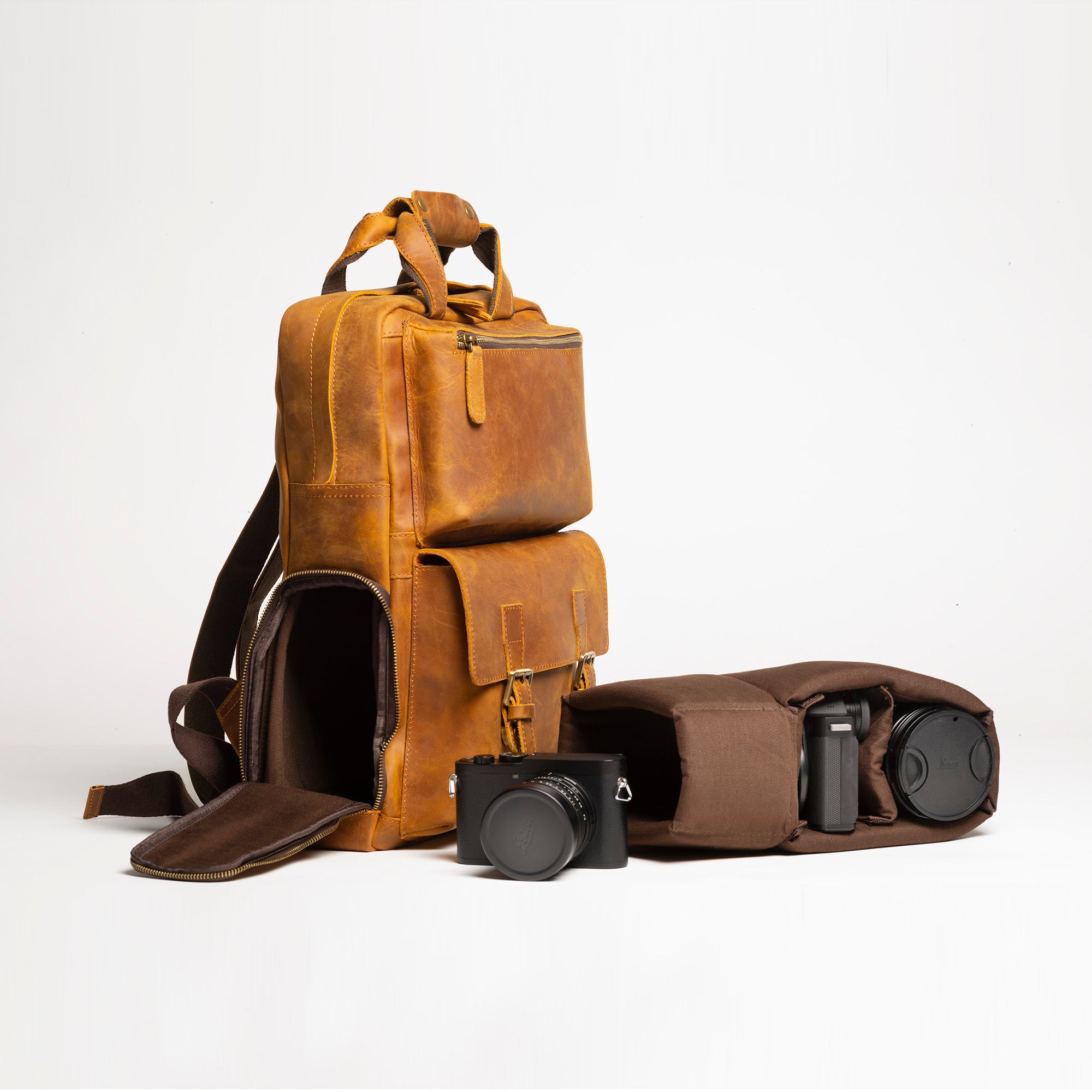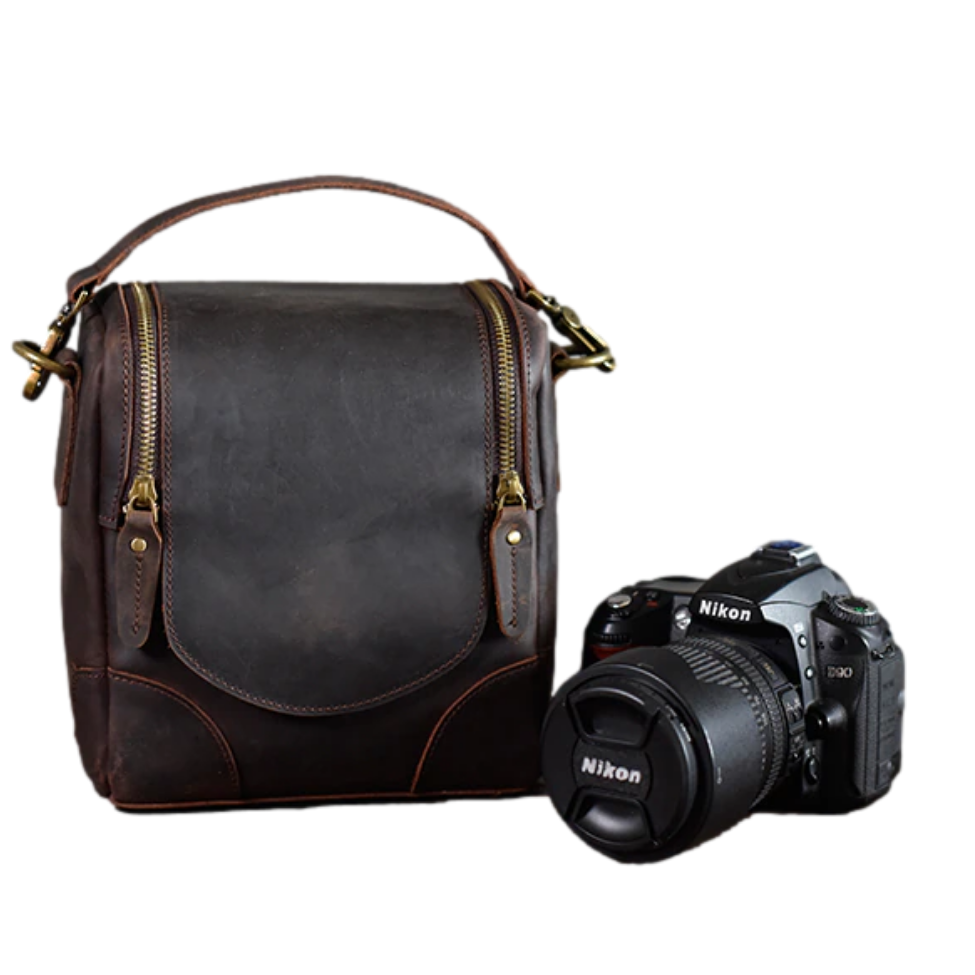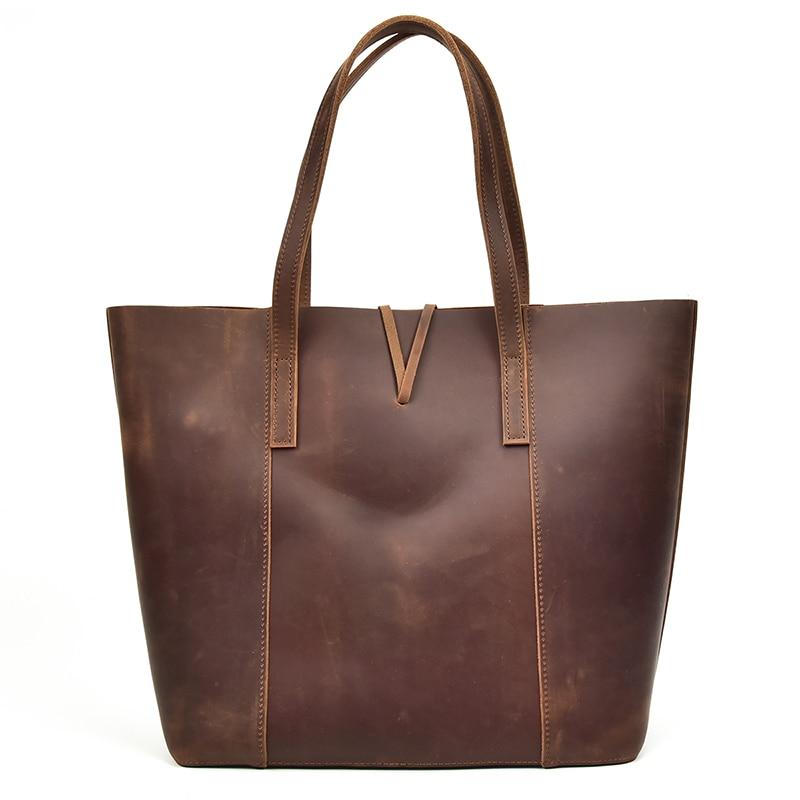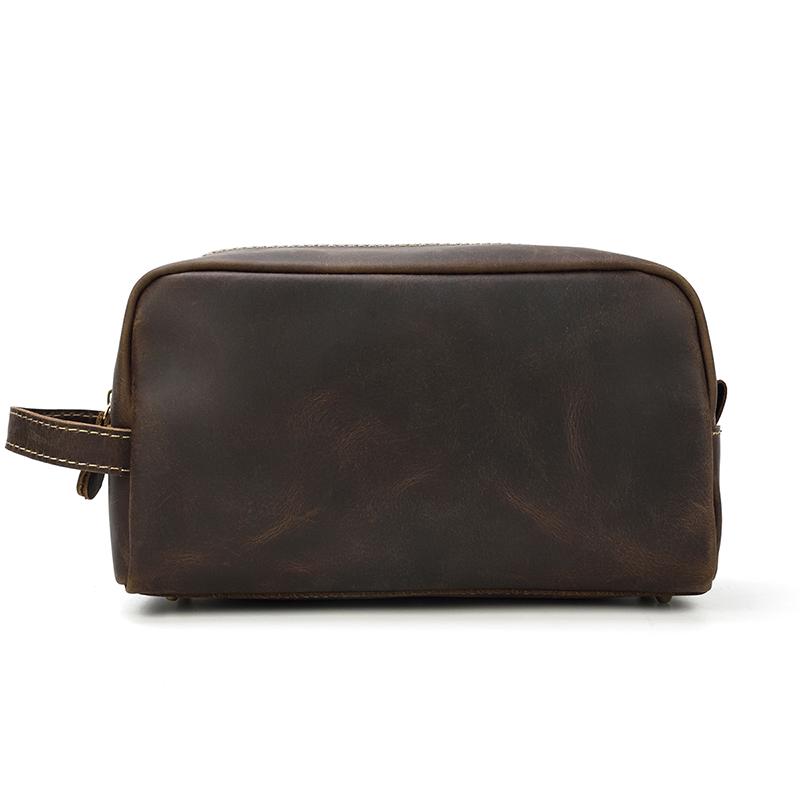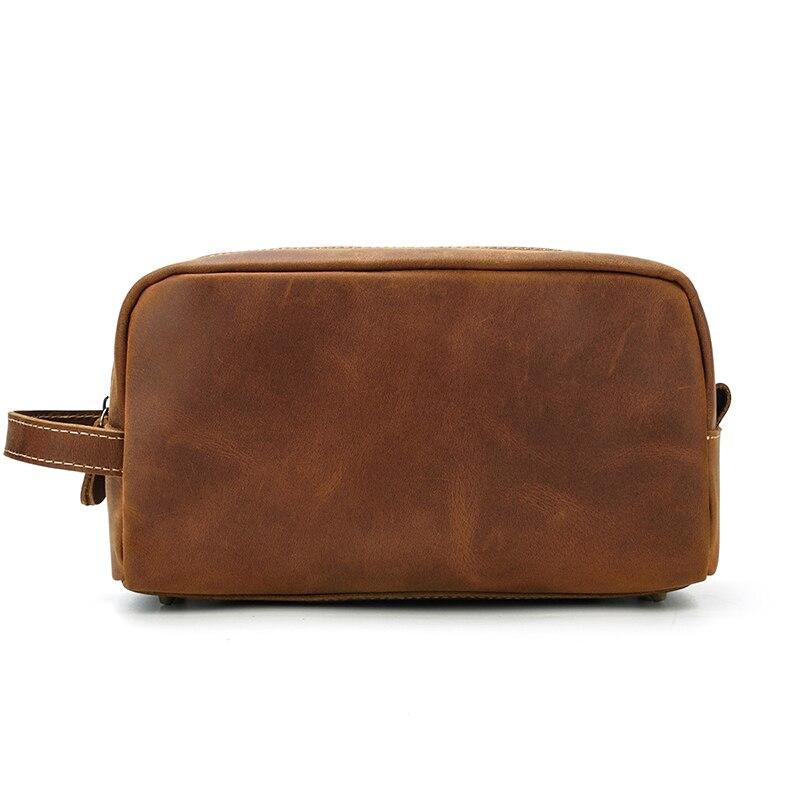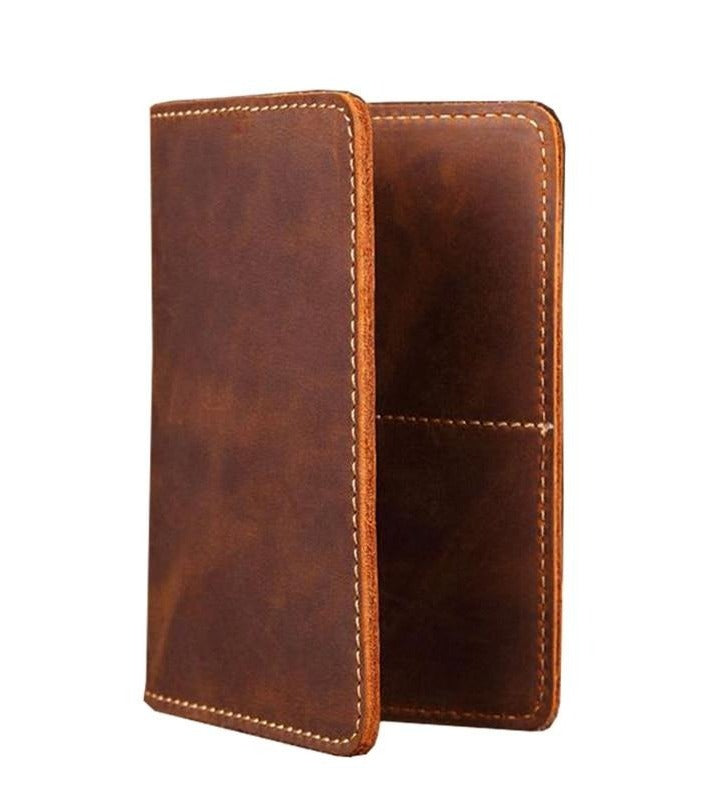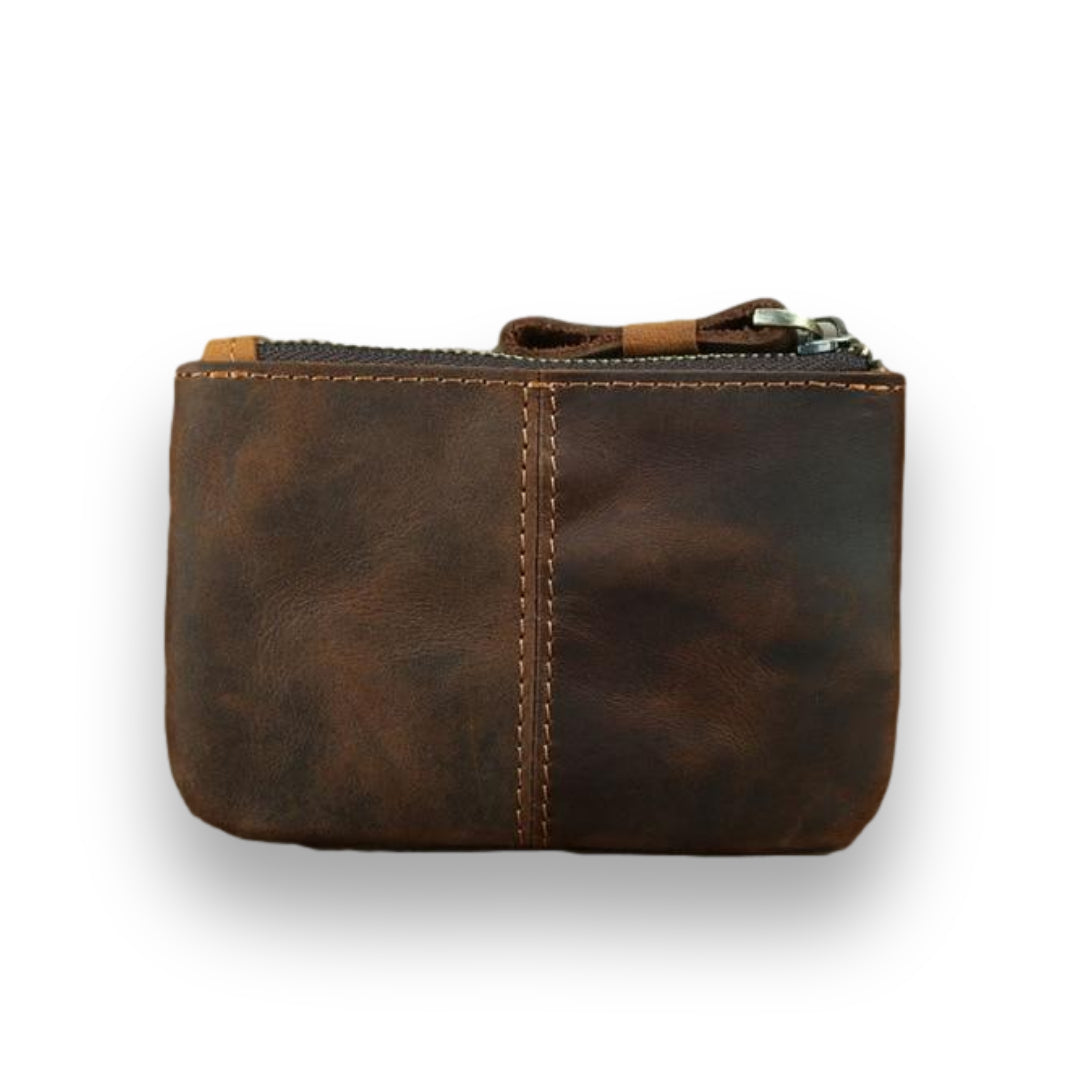
Pebbled leather, often known as pebble leather, is a kind of leather having a rough surface. Small rounded, raised, or bumpy patches are pushed into the surface. It has the look of tiny small stones grouped together as result of this. The texture may be quite appealing, and it is often made of soft leather. It is less prone to scratching and abrasion marks since it elevates the surface of the leather. Furthermore, because the pebble design appears irregular, any leather scratches are generally less obvious.
The texture may be extremely comfortable, and it is frequently produced in soft leathers. Because it generates elevated patches on the surface, the leather is less prone to scratching and abrasion marks. Furthermore, because the pebble design is generally irregular in appearance, any scratches are usually less obvious.
Origins of pebbled leather
The process of embossing leather is not a new one. According to an old Scottish legend, potentially dating back to the 18th century, pebbled leather was developed by a native tanner.
According to legend, the tanner placed a vast pile of skins on the rocky, uneven floor of his tannery workshop. After leaving the hides for a few weeks, he returned to find the bottom one had been permanently imprinted with a pebbled design. This was owing to the weight of the other hides applying downward pressure. Given that 'Scotch-grain' is another word for pebbled leather, there's a grain of truth in the story.
What is more definite is that by the nineteenth century, the pebbled leather method had been patented. In reality, in 1864, Mr. C.T. Woodman of Boston, Massachusetts applied for a patent for a new machine meant to improve the ornamenting (pebbling) of leather. The technique had previously been 'done by hand, and [was] incredibly slow and difficult. Woodman's mechanized approach, on the other hand, took little manual effort and revolutionized how tanners generated the pebbled leather finish.
Fast forward to the early twentieth century, when pebbled leather became a popular material for casual men's shoes like loafers and Derbies. And it was finally taken by the world of high fashion, with Chanel and Gucci becoming famous for their signature pebbled leather purses.
Is pebbled leather real leather?
The pebbled surface may be found on both natural and imitation leathers, as well as vegan and vegan leathers. Natural leather skins may contain surface scars or faults that render them unsuitable for use in fine, polished leather items. The leather is still in superb shape.
The application of pebbling to the surface helps to conceal these flaws and transform them into a very usable and functional piece. Pebbled leather can be made from either full grain (the best, thickest part of the original hide) or split leather (original hide split into several thin layers to maximize the amount of finished product).
This technique is applicable to any type of leather because it is simply stamped into the surface. Pebbled leather is quite prevalent and may be seen on a broad variety of leather items. Handbags, briefcases, travel bags, equestrian luggage, backpacks, boots, shoes, apparel, and upholstery are just a few examples.
How is Pebbled Leather Made?
The manufacturing technique for real pebbled leather differs from that of imitation pebbled leather. Let's take a look at each one. These are the procedures for creating natural leather with a pebbled surface.

Step 1: Tanning
The leather for usage has been prepared. This includes all of the processes in the leather tanning process that prepare it for commercial usage. Calfskin or cowskin skins are commonly utilized. A natural, vegetable tanning procedure may be used to make high-quality leather. Chrome tanning, on the other hand, produces extremely soft, supple leather.
Step 2: Dyeing
The leather is colored after it has been tanned to introduce one of several bright hues. Colors are frequently used as brand signatures. They may differ from year to year or season to season. Colors can also be chosen by the leather artisan. This stage employs a wide range of tones, variations, and dye kinds.
Step 3: Pressing
After being colored, the leather is now passed through machinery with huge metal plates. The pebble design is engraved in reverse on the plates. This is done so that when the design is applied to a material, it will seem as planned. Consider the dies used to manufacture coins; they are cut in reverse so that when they strike the metal, a properly-oriented coin surface results.
The pebbled pattern is rough, rounded, and irregular in appearance. The plates are then pushed into the leather with considerable power, establishing a permanent form in the material.
Step 4: Finishing
We need to finish the leather now that it is dyed and textured. This is where some of the best characteristics of several leather treatments are combined. A transparent, protective finish is often applied. The treatment protects the leather beneath while also providing a scratch and water-resistant surface.
Other finishes or layers might be put beneath the top layer as well. They might be used to provide a visual effect, such as a soft sheen. Alternatively, it might be a specific hue or translucency that interacts well with the colored leather underneath it. In rare situations, fire retardants and UV protectants can be applied to automotive upholstery.
How Faux Pebbled Leather is Made
A few easy actions are required to create faux leather. There may be some differences in manufacturing depending on the type of imitation leather being manufactured, but in general, these procedures are used.

1. Mixing
The plastic component for the imitation pebbled leather is combined and produced. The ingredients in the thick liquid combination might differ depending on the material's intended application. For example, chemicals that protect the material from the sun might be applied. At this time, flame retardant materials might also be added.
Color is another significant addition at this stage. Faux leather may be manufactured in almost any color you can think of. The dyes are introduced to mechanical mixing bins in the appropriate proportions, and the color blends in with the plastics and additives, resulting in a thick, liquid blend that is ready for the next phase.
In other circumstances, the color will be applied afterward during extrusion as an extra layer. Polyurethane (PU) and polyvinyl chloride (PVC), usually known as vinyl, are the most commonly used polymers.
2. Extrusion
The imitation pebbled leather liquid is extruded onto a flat backdrop once it has been blended. Extrusion can occur by gravity and pouring, or through machinery that forces the material out uniformly onto the backing.
A backing is required because the leatherette needs a stable area to dry and attach to in order to adopt the final shape. Typically, the backing is constructed of paper or fiber (cotton, polyester, etc.). It can also have a fine mesh (fiber, plastic, metal). This mesh provides additional gripping regions for the mixture to stick to the backing more easily. Once the plastic has been extruded in an equal layer onto the backing, it is ready to dry.
The backing material is frequently chosen based on the intended purpose of the completed product. Bookbinders, for example, may use imitation leather with a paper or cloth backing. Upholsterers may use imitation leather with a polyester backing. This gives the material a flexible foundation for shaping around the curves of completed objects like furniture.
Heat can help with the drying process. This precise procedure may be both even and quick. If a thicker-layered material is desired, more layers can be extruded onto the first. It is then reheated and allowed to cool.
3. Stamping/Embossing/Printing
The surface roughness of the fake pebbled leather can be added after it has been dyed. This can be used to mimic the natural grain of genuine leather, albeit, in this case, it is to have a consistent pattern of raised bumps. It can also be used to imprint a visually pleasing chosen design.
While genuine leather is occasionally stamped to mask surface defects, imitation leather stamping is entirely aesthetic for finishing purposes. Because of the extrusion operations, the fake surface is often even.

Various textures might be preferred in a final product, depending on what type of goods it will be used for. Since this is a synthetic material, faux leather offers an opportunity to easily introduce stylish and functional textures. This can include embossing as well.
Surface colorings may also be printed onto imitation pebbled leather. These might be used to give it an "antique" or old appearance. It might contain a logo or design, or it could be any desired aesthetic or visual accent. Often, a finish will be added to the leather surface to protect the printing, texture, and color.
4. Finishing
The imitation pebbled leather can be polished after it has been stamped/embossed. This is often accomplished with a synthetic surface protectant. It can give the leather a gleaming sheen. The surface finish can also act as a protective layer for the substance beneath. These coatings are often made of a transparent polymer that is resistant to water and scratches/abrasions. Finishes can also incorporate smells to help the leatherette smell like real leather.
Because the underlying material and surface protectants are synthetic, they can impart a wide range of performance attributes to imitation leather. Furthermore, because the finishes and materials are polymers, they are typically water-resistant/waterproof.
Benefits of pebbled leather
Naturally, the distinctive, eye-catching, and somewhat casual aspect of pebbled leather contributes significantly to its appeal.
While some people love the smoothness of classic leather, such as the leather we use in our selection of elegant daily briefcases, others plainly prefer the unpolished look that pebbled leather provides.

Another benefit of pebbled leather is that it is less prone to scratching, or at the very least, scratches look less obvious. Minor scuffs are easily hidden by the slightly raised surface and uneven patterning. So, if you sell exquisite leather items but are prone to mishaps, pebbled leather could be for you.
The rationale for pebbled leather is also influenced by environmental concerns. But first, a brief diversion. Certain sections of the hide are frequently rejected during the tanning process owing to perceived flaws. These imperfections are sometimes caused by bites or traumas that damaged the animal's skin when it was alive. The leather is still strong, but manufacturers will reject it due to cosmetic irregularities.
The application of a pebbling pattern to these pieces of leather revitalizes them while concealing any perceived flaws. Instead of being thrown away, they may now be utilized to make high-quality leather items. As a result, embossing contributes to the leather sector being more waste efficient.
Uses of pebbled leather
The pebbled leather is used in a wide range of daily consumer items. Begin with the shoes. British aristocracy' hunting shoes were generally decorated with a characteristic leather grain finish as far back as the early Victorian period. Moccasins, brogues, and even boots now have a similar pebbled appearance.
We enjoy not just wearing but also sitting on pebbled leather. Of course, we're talking about upholstery. Our living room furniture, automobile seats, and even bar stools are covered in pebbled leather.
The pebbled leather is widely used in the manufacture of American footballs, notably in the United States. The cowhide (not pigskin, as is sometimes misunderstood) leather is embossed with a pebble-grain structure that aids with ball grip.
Is pebbled leather durable?
Leather embossed with a grain finish is available at both ends of the price spectrum. Finally, the pebbled effect has no effect on a product's lifetime. The quality of the leather will largely determine its durability.
Consider the full-grain, vegetable-tanned leather we use in our luxury leather bag collection. The leather is extracted from the toughest section of the cow's skin, and the vegetable tanning process only adds to its durability. The leather's intrinsic resilience would not be affected if we asked our partner tannery to stamp a pebbled pattern onto it.
Similarly, cheaper cuts of genuine leather made from weaker areas of the skin have a shorter shelf life. Again, the use of a pebbled finishing process has no effect on the material's durability.
How to care for a pebbled leather
If you've invested in a high-quality pebbled leather product, regular cleaning and conditioning will help it last longer.
A clean microfibre cloth lightly wet with warm water may be used to clean both imitation and real pebbled leather. Patch test a tiny, inconspicuous portion of the leather before applying it to the whole surface. Rubbing in tiny semicircles should aid in dirt removal. If the dirt is stubborn to remove, a soft-bristled brush is another alternative. Tougher stains can be handled with a leather cleaning; we recommend taking the time to locate a cleaner that is specifically designed for your type of leather and patch testing different products.
With leather conditioners, the image is very different. These items soften and nourish the leather, keeping it from drying out over time. Conditioners, on the other hand, should never be used on imitation leather. Synthetic leather, unlike real leather, lacks open pores on the surface that are required for conditioner absorption. Because the conditioner cannot penetrate the surface, it just produces a sticky film that is extremely irritating.
Naturally pebbled leather will benefit immensely from the use of a leather conditioner every few months. We recommend putting a mild polish over wax because heavy wax can quickly build up in the grooves, causing your product to get sticky.
How to clean pebbled leather bags
Despite their rough surfaces, both natural and imitation may be gently cleaned with a moist cloth. Make sure the fabric is free of any stray fibers or lint that might migrate to the surface. A microfiber cloth could come in handy. Also, test the fabric in a tiny area first to ensure that no color is transferred to the item's surface (couch, sofa, bag, purse, etc.).

If the object requires extra cleaning, a very soft brush can be used to assist release dirt and grime. Wet it gently and smooth it over the leather without pressing too hard. The bristles of the brush should be performing the majority of the job. Following this step, go over it with a moist cloth to remove any leftover dirt/dust. Before using or storing the item, allow it to dry.
Extra attention may be necessary if what you're attempting to clean is more than simply dust/grime and is a stain from anything. Consider the type of stain first. Knowing what you're cleaning will assist you to figure out the best technique to clean it. If the problem is minor, a light cleanser may suffice.
If the problem is more significant, look into cleaners made particularly for the sort of pebbled leather you have (natural or faux). They will be developed to cure the stain while also helping to preserve the surface quality. Test in a small, inconspicuous area first, like with other cleaners, to guarantee that it will not discolor the bag. We don't want to cause a second stain while trying to remove the first.
FAQs
What is Pebbled Leather?
The pebbled leather is a type of leather that has a raised, pebble-shaped texture on the surface.
Is Pebble Leather waterproof?
Some Pebble leather is waterproof.
What are the benefits of pebbled leather?
Because it raises the surface of the leather, it is less prone to scratching and abrasion marks.
What are the different types of leather?
The pebbled surface is present on both natural and imitation leathers, as well as vegan and vegan leathers.
How do I know if my leather is genuine?
These steps are how natural leather is made with a pebbled surface.
What are the differences between pebbled leather and faux leather?
While they are available in pebbled leather fashions, imitation leathers wear out faster, are not as robust, and are not as durable as real leather.
Can pebbled leather get wet?
Yes, if it's a false (plastic) pebbled leather or real pebbled leather with a protective finish, pebbled leather can become wet. Because the protective treatment covers the leather surface, it helps to make it water and scratch-resistant.



















